Sommelier R&D AMA With Yaniv Tal From the Graph
Zaki Manian, cofounder of Sommelier, was working on Cosmos when he met Yaniv Tal, cofounder of The Graph and now managing partner at edge of node, the initial team that built The Graph. They got together for an interview after a second weekend in which the crypto market took some major twists and turns.

Zaki Manian, cofounder of Sommelier, was working on Cosmos when he met Yaniv Tal, cofounder of The Graph and now managing partner at Edge & Node, the initial team that built The Graph. They got together for an interview after a second weekend in which the crypto market took some major twists and turns.
Recently, Zaki’s been working on Sommelier protocol and trying to make life easier for Uniswap v3 liquidity providers (LPs). He came to the video interview wearing a vintage 2017 conference T-shirt as a nod to that year’s plummeting crypto prices that had since rebounded. Zaki says: “It’s been an exciting time to be a Uniswap v3 LP. We get to see how the protocol performs in these wild price swings.”
Yaniv regards Zaki and says: “Zaki was one of the very first advisers that we brought on when we were starting The Graph back in 2018. He was working on Tenor and Cosmos at the time and has been a pretty prolific developer and architect,” he adds: “But, in the end, it’s his shitposting that will be his legacy.”
What’s The Graph?
The Graph is an indexing and query protocol. It’s powering a lot of the top applications in the Ethereum ecosystem. It has become the de facto standard for DeFi querying and access to insights on the Ethereum blockchain. Sommelier has received a $1 million grant from The Graph Foundation to help move some significant R&D efforts forward more rapidly.
This is why Yaniv wanted Zaki on his team for a while. He says:
“We’re working on building the core foundations for Web3, a new decentralized Internet and system of human coordination where all information is verifiable and not owned and controlled by a small number of corporations.
“The plan was always to index everything and to power the entire new web, and even now we're just a portion of the way there. But it’s definitely crazy to see it happening. I feel like every project you start with large ambitions, but when you actually see it happening it’s like ‘“oh wow.’”
Here’s where Sommelier comes in
What we are doing at Sommelier is building a protocol that lets a validator set act on behalf of users to help them automate their liquidity positions. Zaki explains:
“We’re trying to build infrastructure to democratize prime brokerage functionality. How do you as an LP make sure that your liquidity is being optimized -- how do you amortize gas costs, all of these things - and, what we want to do is put a validator set to work for you. And, the validator set, the protocols, and the smart contracts that update the liquidity positions are one-half of the picture. But, there’s the input to the picture. And, the input to the picture is: What are prices doing? What is the current state of the system? What is the current and ask price of the 30,000 + pairs that are traded on dexes today. And, ultimately, where do you find that information and how do you make that available to the validator set?
“What I believe was so forward-thinking of The Graph: It used to be that running nodes was hard so people outsourced that. Running nodes has gotten easier so people run a lot more of their own nodes. Now, the next generation thinks getting data and analytics out of a blockchain is hard so there are all kinds of data vendors that are springing up. But The Graph was so far ahead of the curve that they were building a decentralized protocol for this. And, I think the ability of that decentralized protocol to interoperate with our validator network and the alignment between our group and our desire to have an open system and The Graph as an open system was a very natural alignment to figure out how this is all going to work.”
What made the collaboration compelling?
Partnering with The Graph on R&D came from an immediate need. Zaki explains:
“The challenge was reindexing and building indexes on Uniswap v2 data. I think Uniswap v2, the explosion of Uniswap, and having smart contracts that are being interacted with essentially in every block on Ethereum. That same code base showing up on all these other blockchains like Finance Smart Chain, Maddock, Polygon, had really become the next stage of evolution. The Graph handled that and we wanted to be part of it.”
Yaniv says: “There’s a lot of growth throughout the whole ecosystem. Ethereum itself continues to grow. But, as gas prices increase we’re seeing a lot of activity on EVM-compatible chains. We are seeing that chains that continue to support EVM and Solidity are doing really well because developers love to build with Solidity, there are security auditors that know how to audit those contracts, so those chains definitely have an advantage right now, and people are flocking to low-gas environments for certain types of applications.
“The insight that The Graph had a few years ago that now is proving itself a little bit, is this idea of aligning behind subgraphs as this core abstraction for data. And, it wasn’t quite appreciated at the time, as Zaki was saying. But, it’s one thing to run full nodes and to have access to raw blockchain data but applications need to process that data before it’s really usable. And I think people didn’t quite realize how much code is required to do that ETL and to organize the data in a consumable format. And, until the Graph came along all of that was done through custom code. The problem with custom code is basically you’re on the hook for running the servers for that custom code, which means you need a full dev ops team, people need to depend on you -- whether it’s your own application or whether you’re providing a service -- and that creates vendor lock-in and all of these things that are against what we’re trying to build in the space.
“We took a lot of time defining this core subgraph abstraction that would allow you to do all of this custom processing of data and then serve it in a deterministic way, but to build that in a way that could actually run on a decentralized network. And, I think that that is really key to building out both DeFi and Web3 so that we can build higher and higher levels of data processing and make all of that data verifiable, which really is the core difference between Web2 and Web3. In Web2 we were fine basically completely trusting the server. In a client-server model whoever runs the server model has complete control. In Web3 we want to have verifiable information where everything that you get you can see exactly how it got to that state, why is this data being returned to me? Is this correct? You can’t do that with custom code, but you can with subgraphs.
So, over the last few years our focus has been building out this core subgraph abstraction and getting traction with developers. Since then we’ve seen a lot of growth in areas like DeFi, NFTs, and governance across the entire Ethereum space.”
Yes, The Graph hit some scaling challenges with the growth of Ethereum last year but were able to meet that demand. Yaniv explains:
“There are a bunch of things on our R&D side that we’re still working on right now to make all of this existing data on Web 3.0 and DeFi easily consumable. That’s coming from having third party developers build a bunch of subgraphs, we want every single protocol. Already now we have really great coverage. Most of the top projects in the space are already building subgraphs, but there’s so much more data that can be organized with subgraphs and we want to give developers even more powerful features in their subgraphs to be able to do deeper analytics style queries and subgraph composition is another thing to link more and more data together. So we want to make all of this data as easy to access as possible but in a verifiable way.”
Still in the early days of DeFi
No doubt we’re still in the very early days of DeFi. Yaniv observes:
“What percentage of Americans still have most of their net worth in banks, savings accounts, traditional equities and instruments? It’s the majority. So, that’s the market for DeFi. It’s all finance, where the assets are sitting and how people move freely between assets. So, I think DeFi’s going to be a giant growth area.
We’re also focused on Web3 and how Web3 and DeFi work together. Ultimately, DeFi is finance. What is finance? It’s the ability to unlock productive potential in a sense and making an allocation of resources more efficient. But of course, the whole point of resources is to be spent doing productive work. And I think the future of work is all going to be moving onto Web3. For us, we see those things working hand in hand. We bring more and more economic activity and more and more just human activity on Web3 and all of that is going to want to be financed. All of that is going to want to use money to transfer value. As we grow, since we’re still so early in Web 3, that is, in turn, going to produce a lot of demand for DeFi and all of that is going to require a lot of data processing, indexing, and querying.”
Community welcome to help move R&D forward
As Sommelier and the team working on The Graph start to identify the bottlenecks, one of their biggest questions is: What should the Graph as a software environment present to users as a way of increasing performance?
Zaki explains: “One of the big leaps forward, as people are writing these subgraphs, is where do we provide advice, mechanisms that help people optimize the performance of their subgraphs. And I think this is part of the goal. Subgraph developers don’t really know what the performance costs are of their choices. And what we’ve mostly been seeing is a very performance-naive way of developing. It wasn’t obvious to us about where the performance cost was until we started to investigate. Also the people who created the subgraphs also didn’t know why the performance costs were there.”
Yaniv agrees: “There’s a ton of low-hanging fruit for performance.”
Context: The Graph’s hosted service has skyrocketed
For a bit of context, usage of The Graph’s hosted service has been fairly exponential. Yaniv says:
“The growth is so fast it’s also pulling us to keep up with it. We scaled our hosted service last year when we started having that first set of issues with DeFi, that summer it started going through the roof. We’ve had to enable developers with more features to build advanced subgraphs, and a lot of that work has really paid off.
“Even going back 6-9 months, people were still unsure of why there was a whole team working on The Graph. Ethereum last year was nowhere near where it is today. So, in a sense we were overinvesting in this layer of the stack because we really believed that Ethereum was going to be the future of finance and of the web. So we’ve been steadily investing step by step into this layer of the stack. Now we’re getting to a point where there are all of these subgraphs getting synced and indexed. And now indexing performance is becoming the bottleneck for developers. So people that are building on the graph are feeling the pain if they’re building complex subgraphs. And now the Ethereum chain has years of history, apps like Uniswap specifically have so many events, so many contract calls, over the last several years that when you’re indexing you have to process all of those events. And, right now that’s currently the bottleneck.
“With any kind of software you build up to a level, then you hit the limits and you’ve got to make large optimizations and increase performance by orders of magnitude. We’ve hit one of those limits with indexing performance, now we’re making a really big concerted effort to focus on indexing performance. That’s one of the reasons The Graph Foundation made the large grant to Sommelier.
“Up until this point we’ve been focused on getting that core subgraph abstraction right to make it easy for developers to build these subgraphs, to have a language and environment that’s really expressive so you can build the type of subgraphs that you want. And in a sense performance was put on the shelf to deal with later. Now we’re investing the time in making these performance optimizations and there’s a lot that can be done here. So whether it’s Ethereum Mainnet, or a superfast chain like Smart Chain or Solana, The Graph is going to be able to keep up in all those environments.”
Value in DeFi data
Zaki points out that beyond handling volume and fine-tuning performance there is a lot of value to DeFi data. He says:
“The reason Sommelier is interested in this is that data is valuable. But,” he adds, “ we don’t want to concentrate that value, we want to democratize it. And I think that’s the difference. Having an index of every piece of artwork that exists as an NFT, its history as a collectible, past owners, story. All those things are going to be a part of how people build a Web3 experience on top of some of these collectible consumer experiences that are taking off. But, the value to a trader of understanding price history and liquidity and what positions are open is just immeasurably greater. I think that generates a natural area of focus around who is going to want to invest in these systems.”
What’s on the roadmap ahead for The Grant, R&D, and the ecosystem?
Zaki comments on research and progress to date and where the work is headed. He says:
“We have been treating the Uniswap v2 re-indexing process as a stress test of the entire system. We’ve been trying to understand the performance bottlenecks. We’re going to write up our findings and share them more widely with the community. We helped write the Uniswap v3 subgraph and contributed that upstream to the Uniswap repos. We are running all of that and using all of that in the Sommelier app as the Pairings and Cellars default.”
Yaniv adds: “There’s a lot going on. But, most relevant to Sommelier and the work that we’re excited about doing together is that The Graph ecosystem has been investing a lot in decentralization. So, for developers, community members, or others able and willing to contribute to the Grant’s ecosystem, you can apply for a grant with The Graph program -- that’s what Sommelier did. We’ve got town halls regularly and various governance calls. And one of the things that I'm really excited about is we’re starting to do a lot more development in the open. All of our code is open source at The Graph protocol Github. Until now the Edge and Node team has done a lot of the core protocol development work itself. We’re a company. But now, with Sommelier and other teams a lot more of this work is going to be done in public. There are conversations going on in the forum. I think we’ll be taking a lot of these sorts of discussions there. I think it’s a really great opportunity to learn more about how things are built and help contribute to this ecosystem as we add more contributors to the core protocol.”
It’s an exciting time to be part of The Graph community and to get to know Sommelier. We’re here to automate DeFi for retail LPs who need the access to prime brokerage infrastructure, such as The Graph.
More articles

Is Speculation Killing Crypto’s Future?

Sommelier's Path Forward: Embracing Revenue Over Narrative

Sommelier January Update
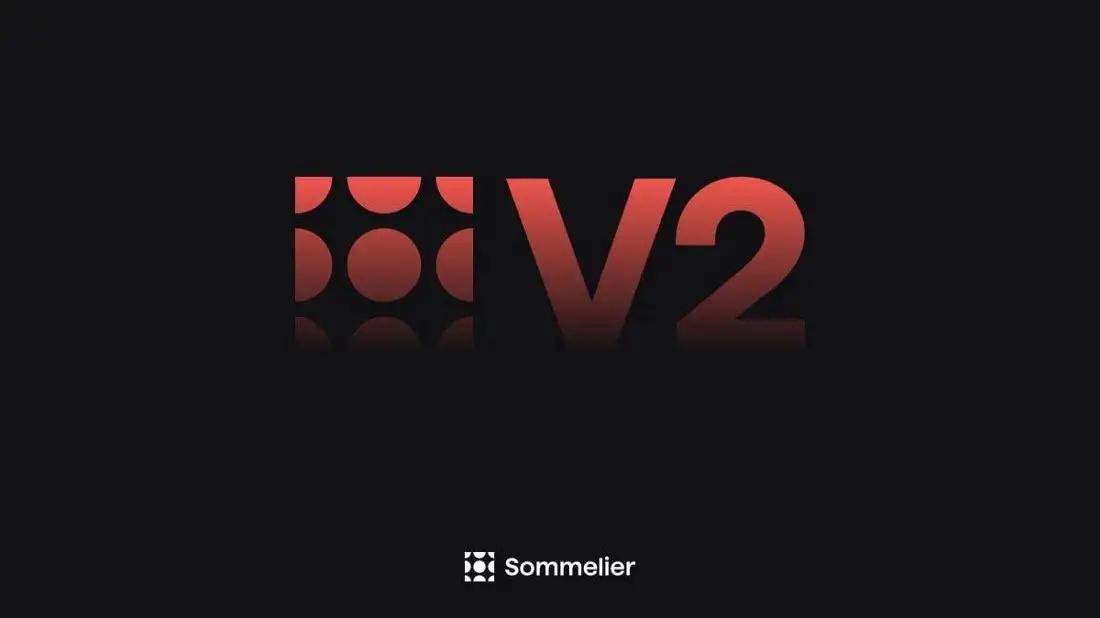
Sommelier Upgrades Cellar Architecture to Enable the Most Powerful DeFi Strategies in the Market

Real Yield USD is Coming to Maximize Stablecoin Yield

Retrospective on 2022 and the Journey Ahead

FAQ - Patache Digital’s Steady Strategies
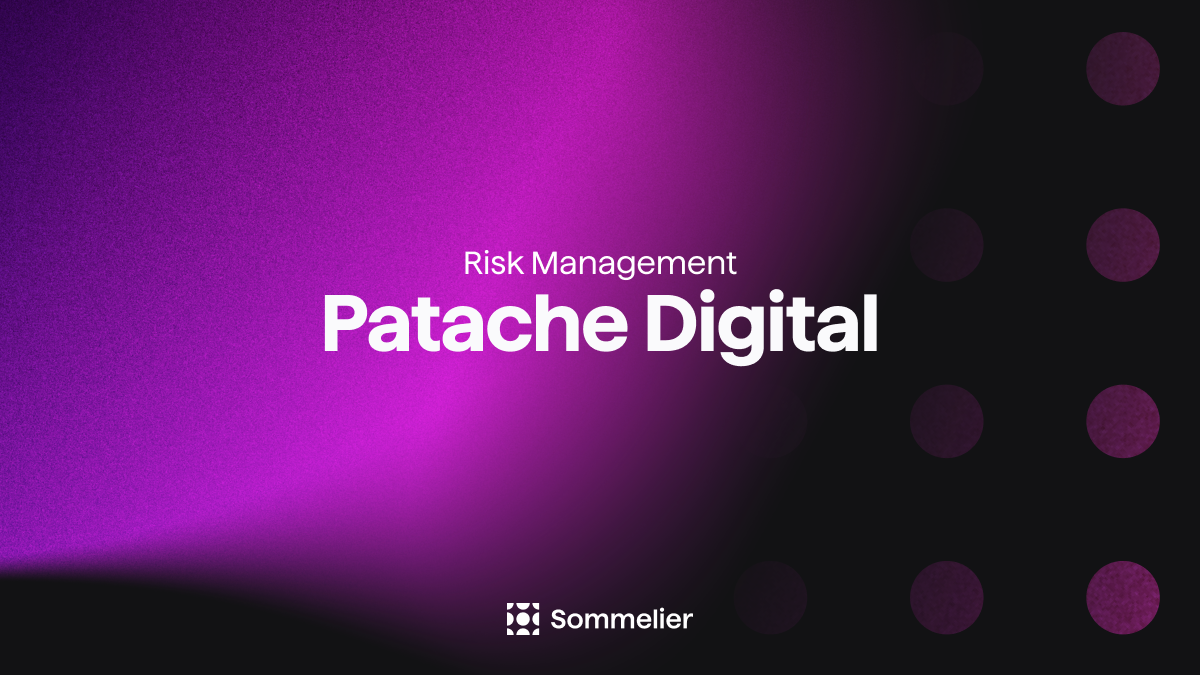
Patache Digital: Risk Management Discussion

Strategy Deep Dive: Patache Digital
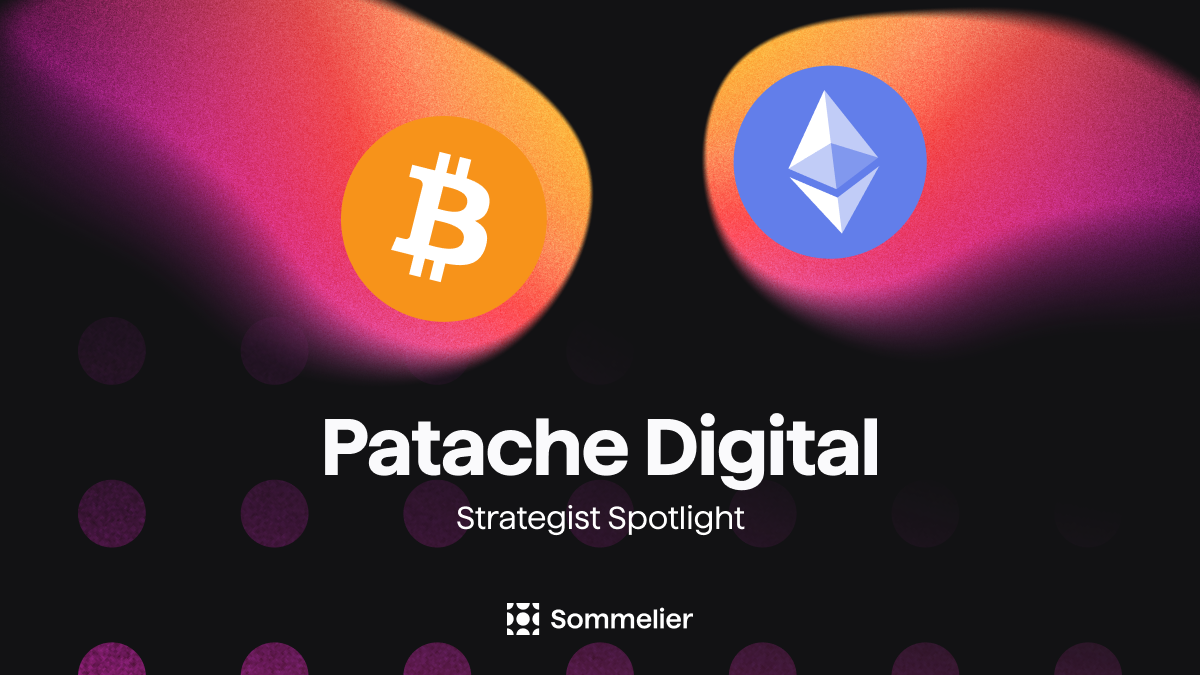
Strategy Provider Spotlight: Patache Digital
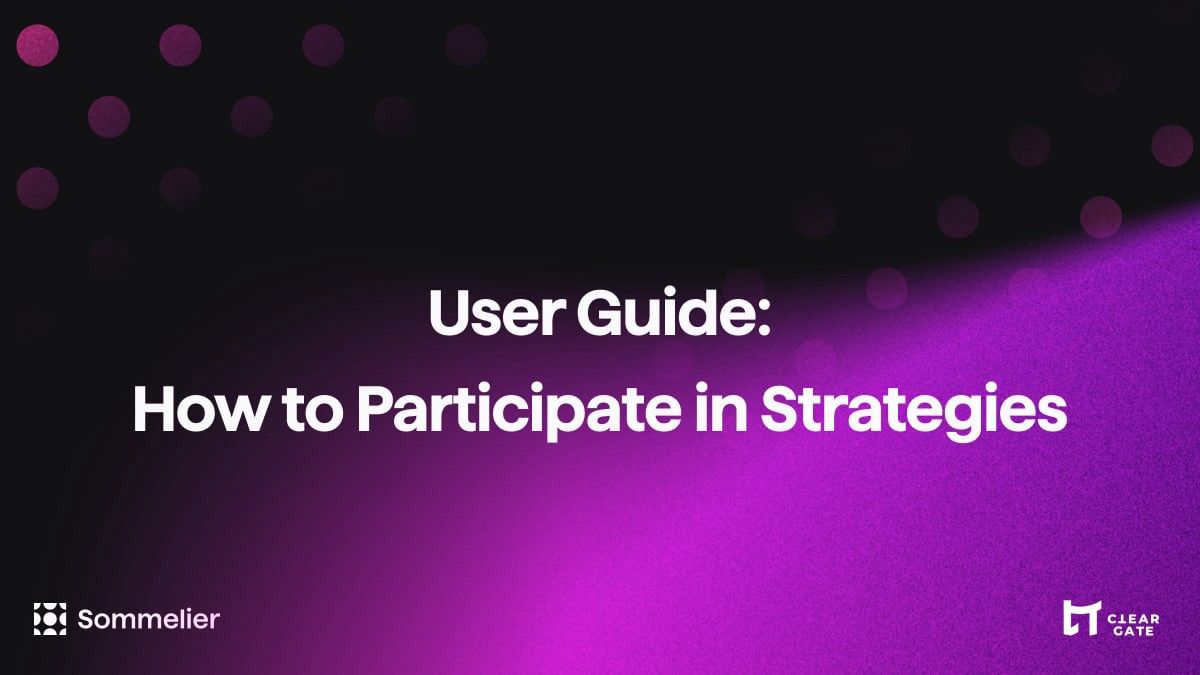
User Guide: How to Participate in Strategies on Sommelier

Sommelier Ambassador Program
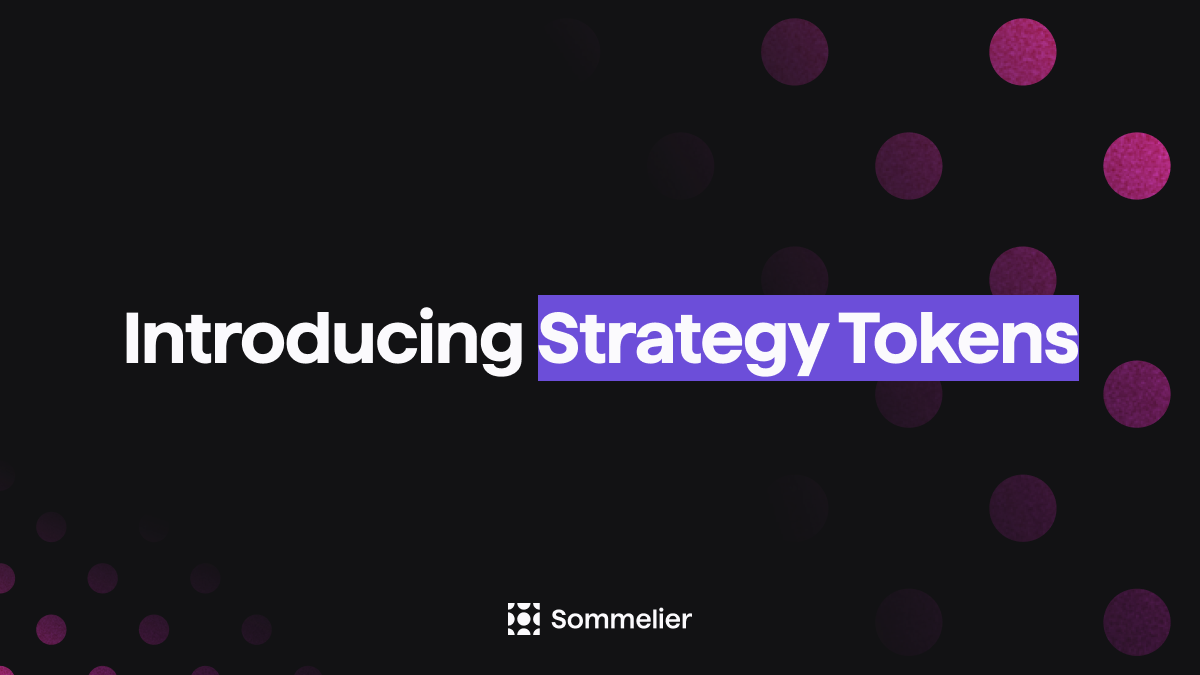
Strategy Tokens: What Are They and How Do They Work?

6 Core Principles of Sommelier
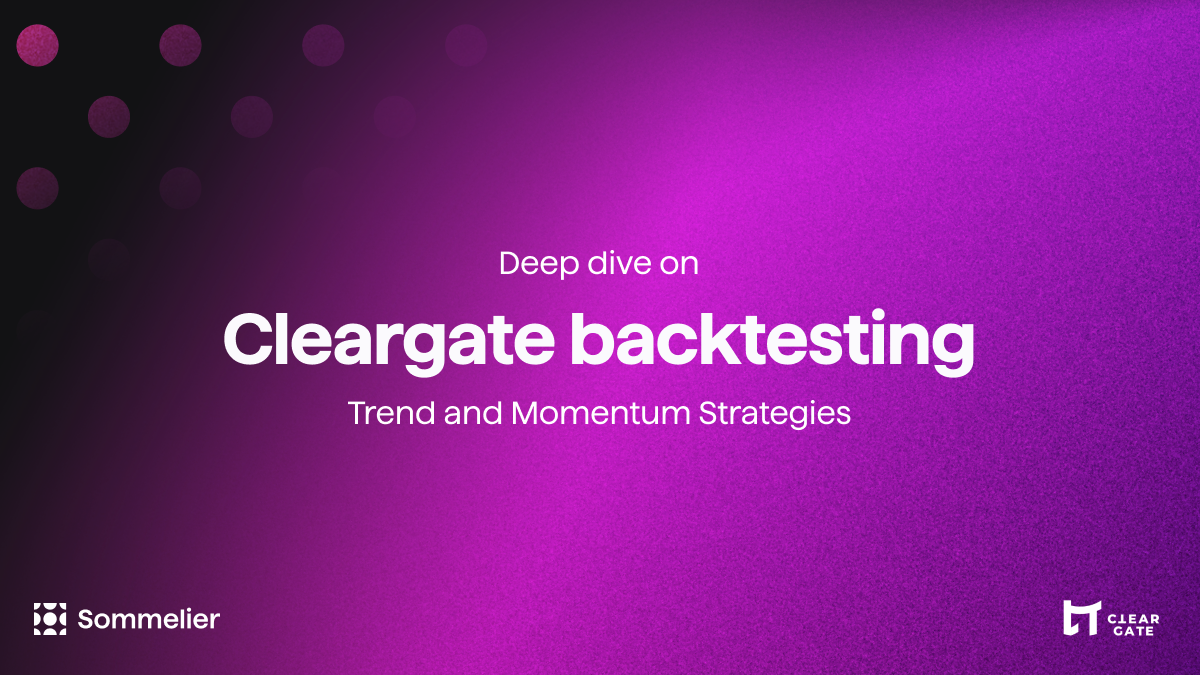
10/10/22 - Deep Dive on Cleargate Backtesting
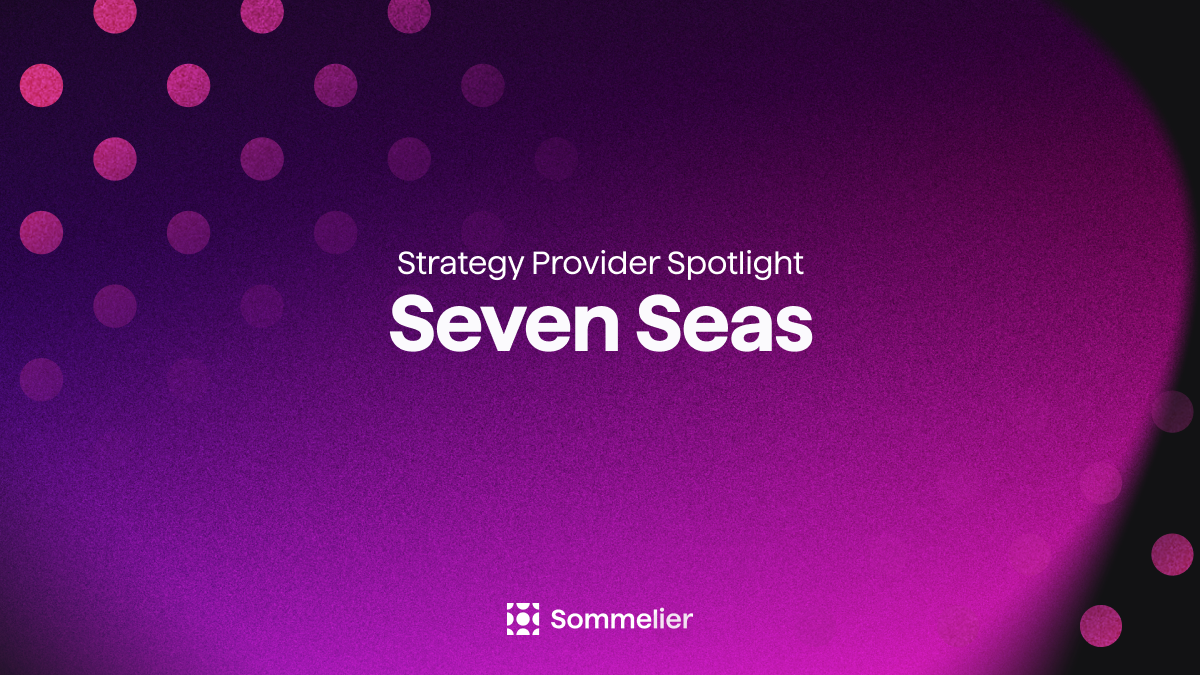
Strategy Provider Spotlight: Seven Seas

Deep Dive on Trend and Momentum Strategies

Strategy Provider Spotlight: ClearGate

Supporting Strategy Providers on Sommelier
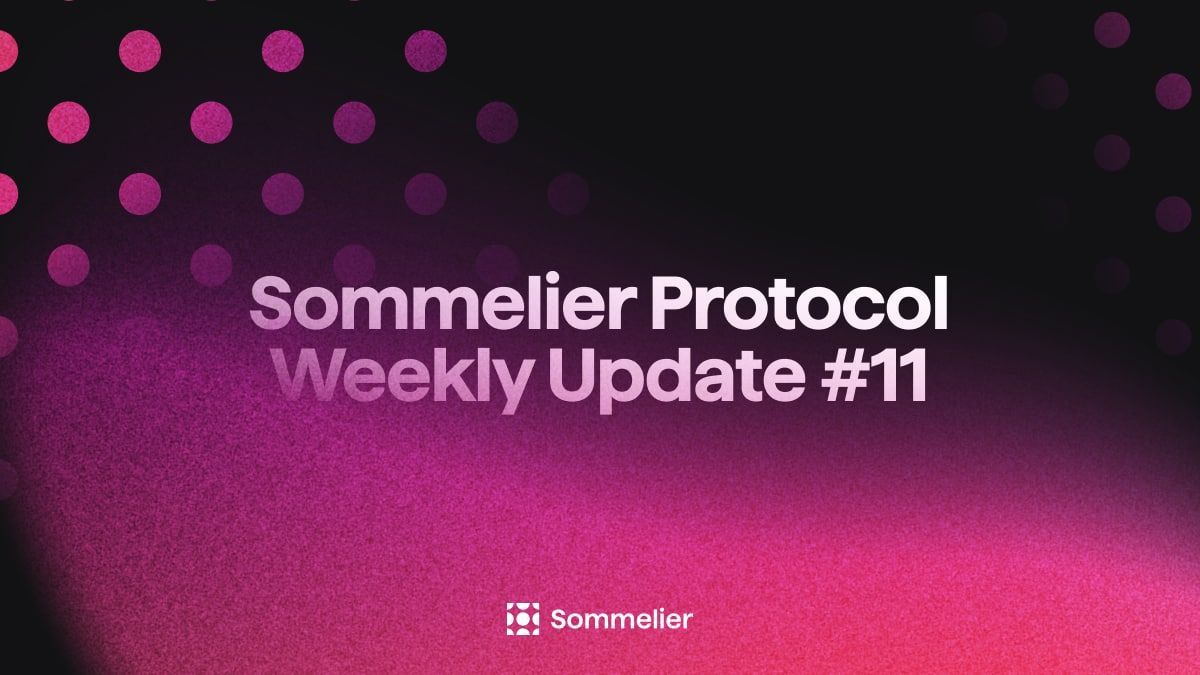
Sommelier Protocol Team Weekly Update #11
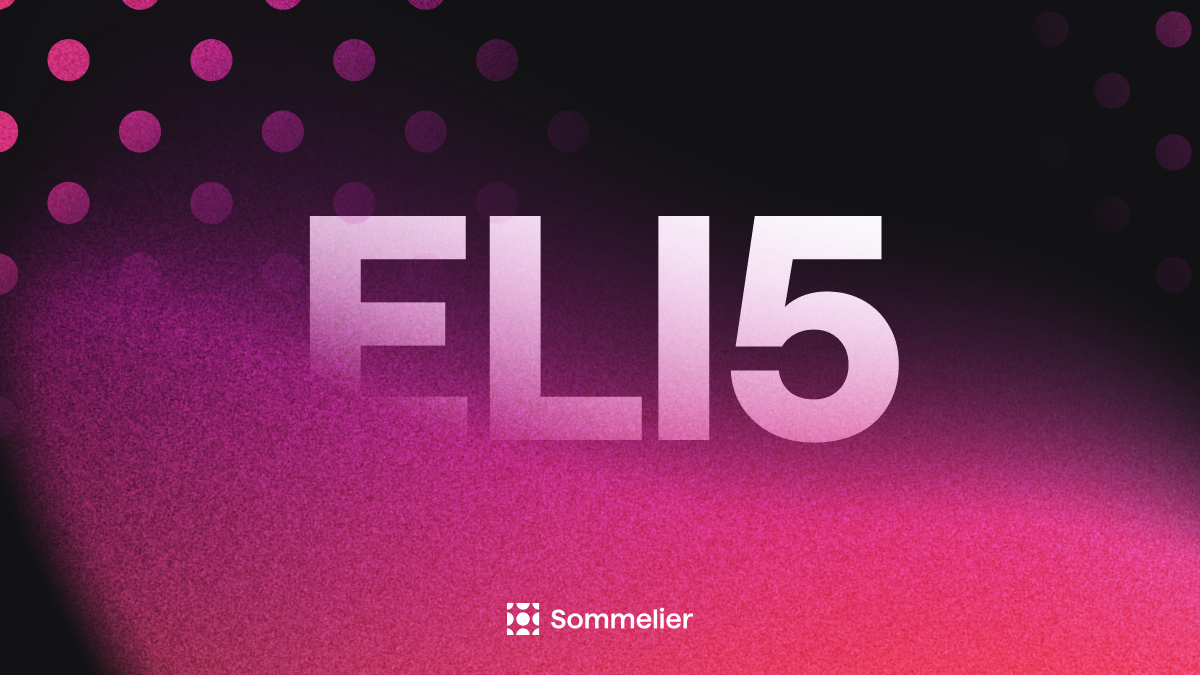
ELI-5 Explanation of the Data Science behind Sommelier’s First Aave Cellar

Sommelier Protocol Team Weekly Update #10

The Data Science Behind Sommelier’s First Aave Cellar

Sommelier Protocol Design Documents

Sommelier Protocol Team Weekly Update #9

Sommelier Protocol Team Weekly Update #8

Sommelier Protocol Team Weekly Update #7

Twitter Spaces With Sommelier: How to Launch a Cellar on Sommelier

Twitter Spaces With Sommelier: Protocol Upgrade and Community Update

Sommelier Protocol Team Weekly Update #4
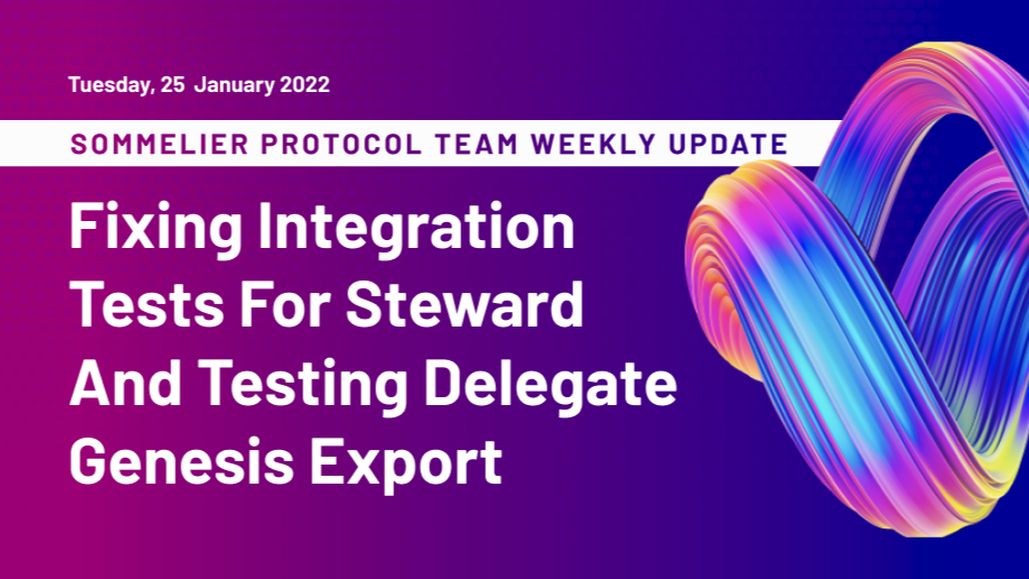
Sommelier Protocol Team Weekly Update #6

Twitter Spaces With Sommelier: SOMM Airdrop Proposal Data Analysis
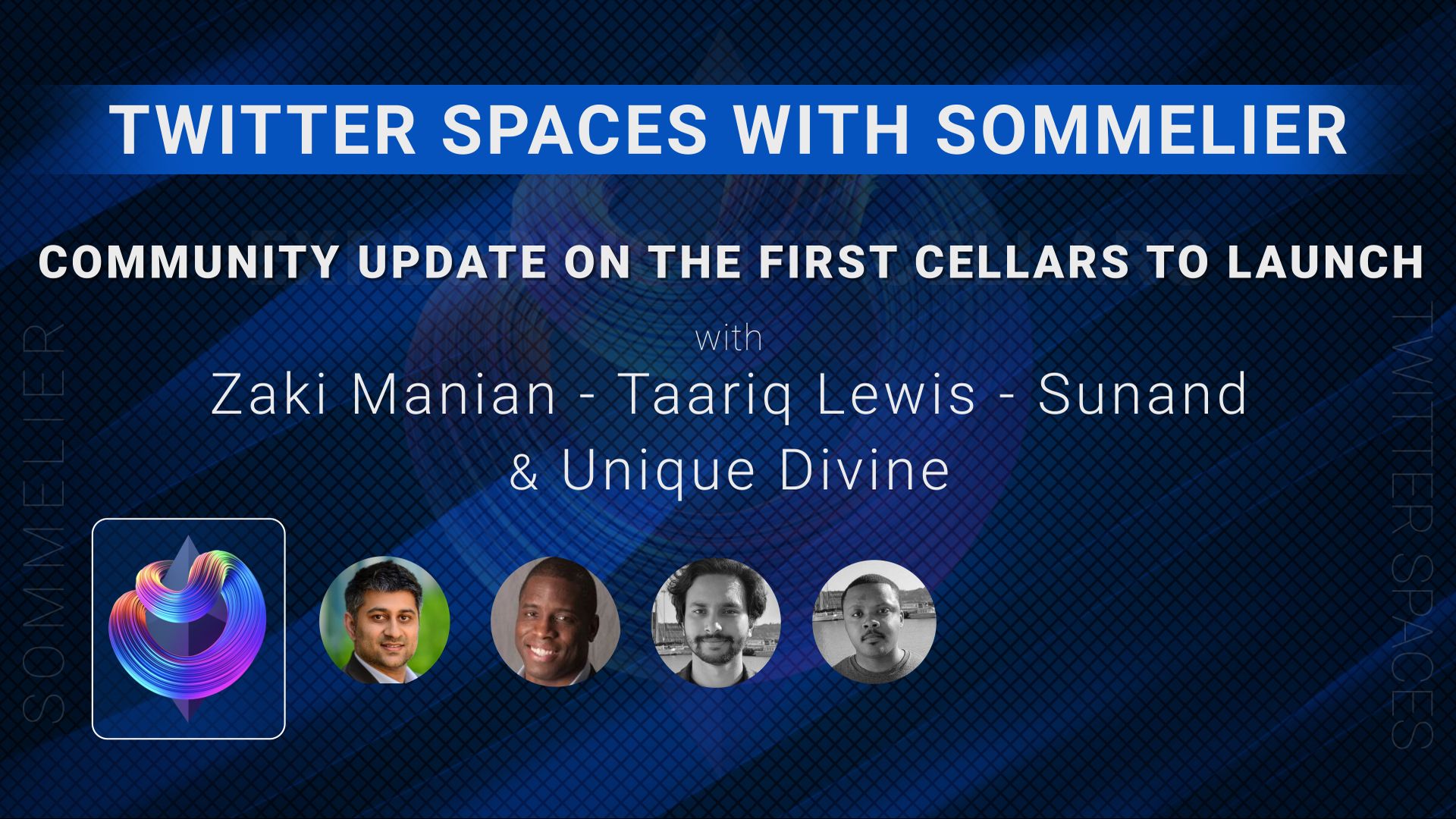
Twitter Spaces With Sommelier: Community Update on the First Cellars to Launch
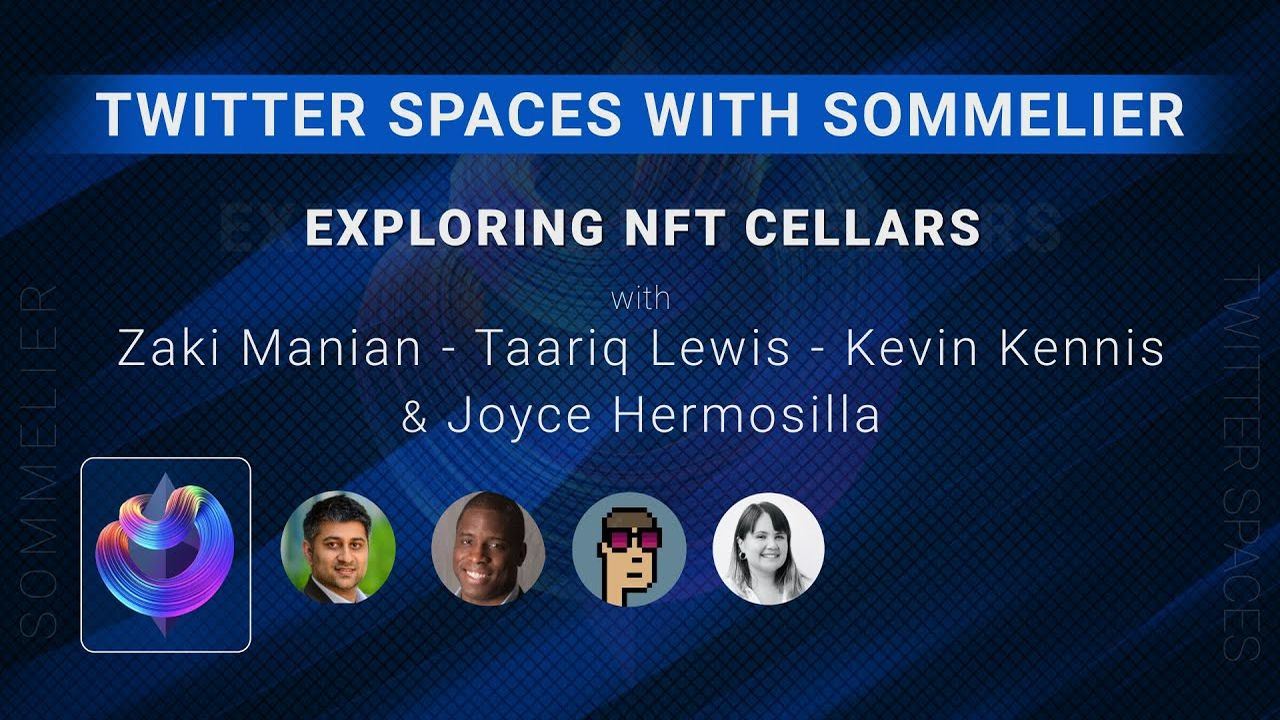
Twitter Spaces With Sommelier: Exploring NFT Cellars

Sommelier Protocol Team Weekly Update #1
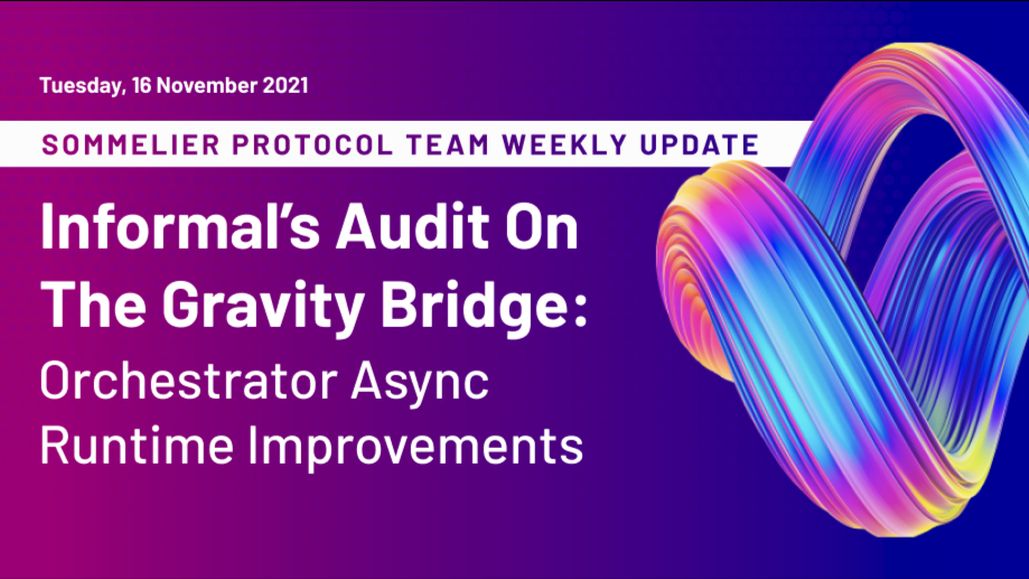
Sommelier Protocol Team Weekly Update #2
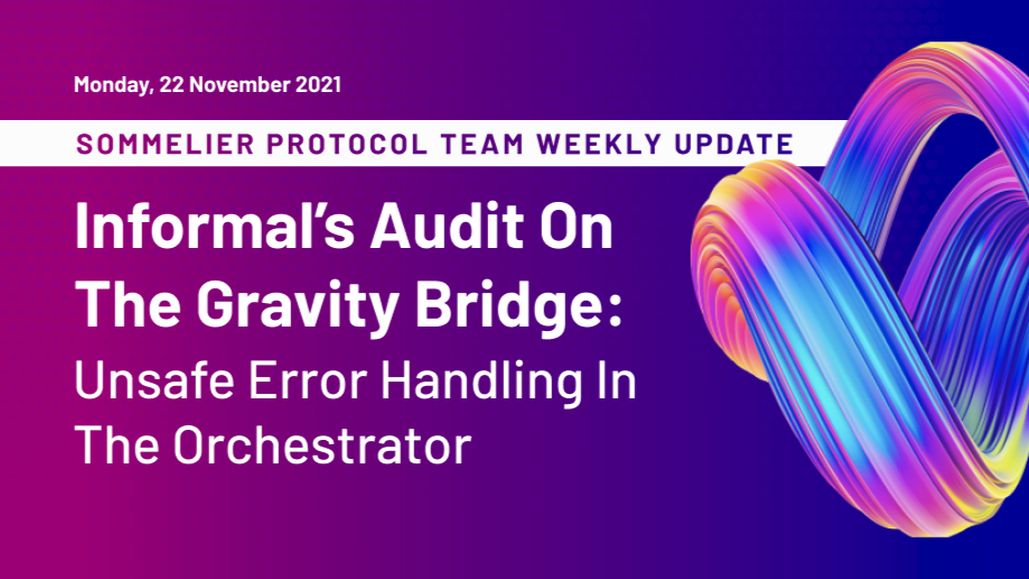
Sommelier Protocol Team Weekly Update #3
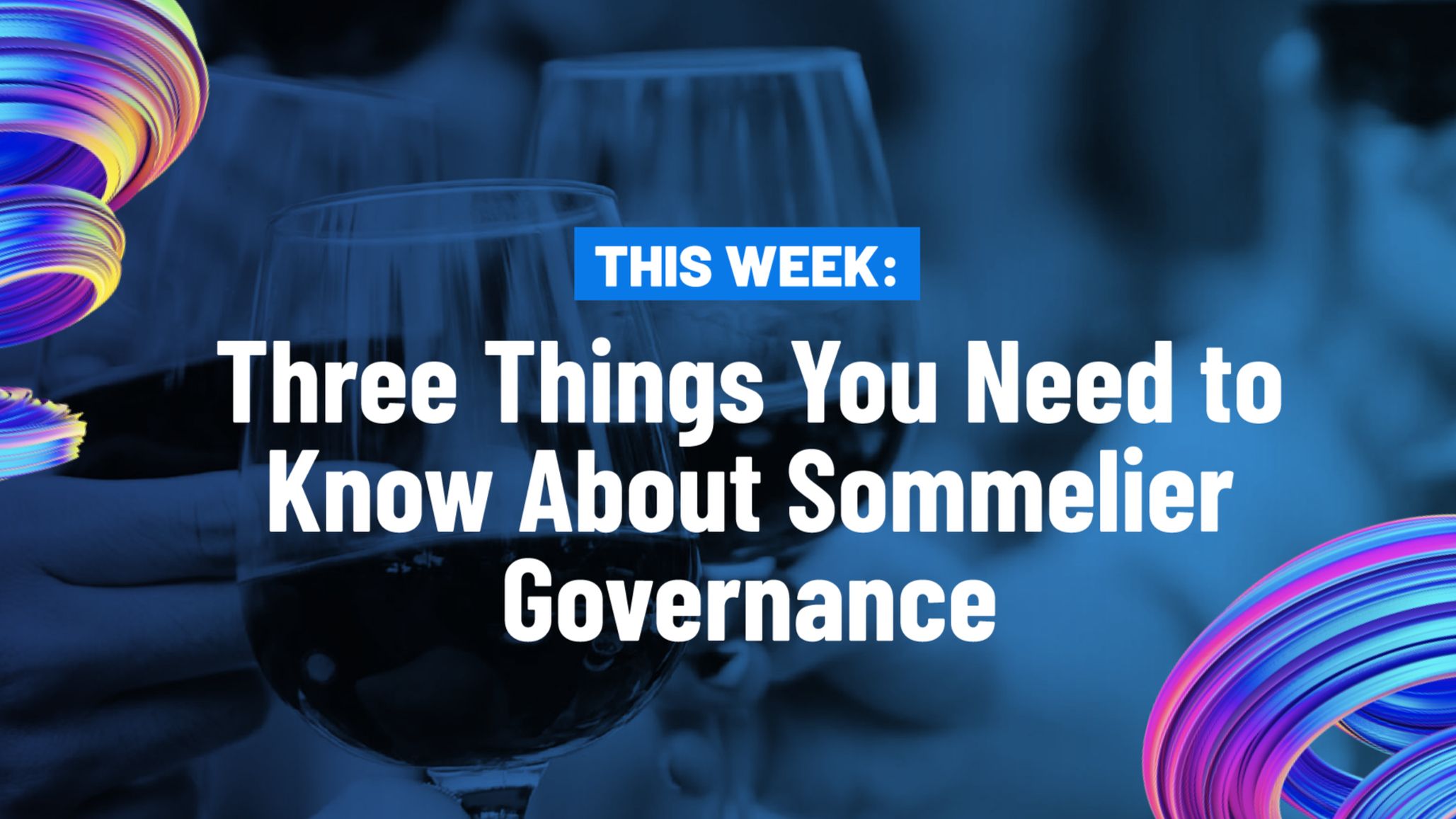
Three Things You Need to Know About Sommelier Governance This Week
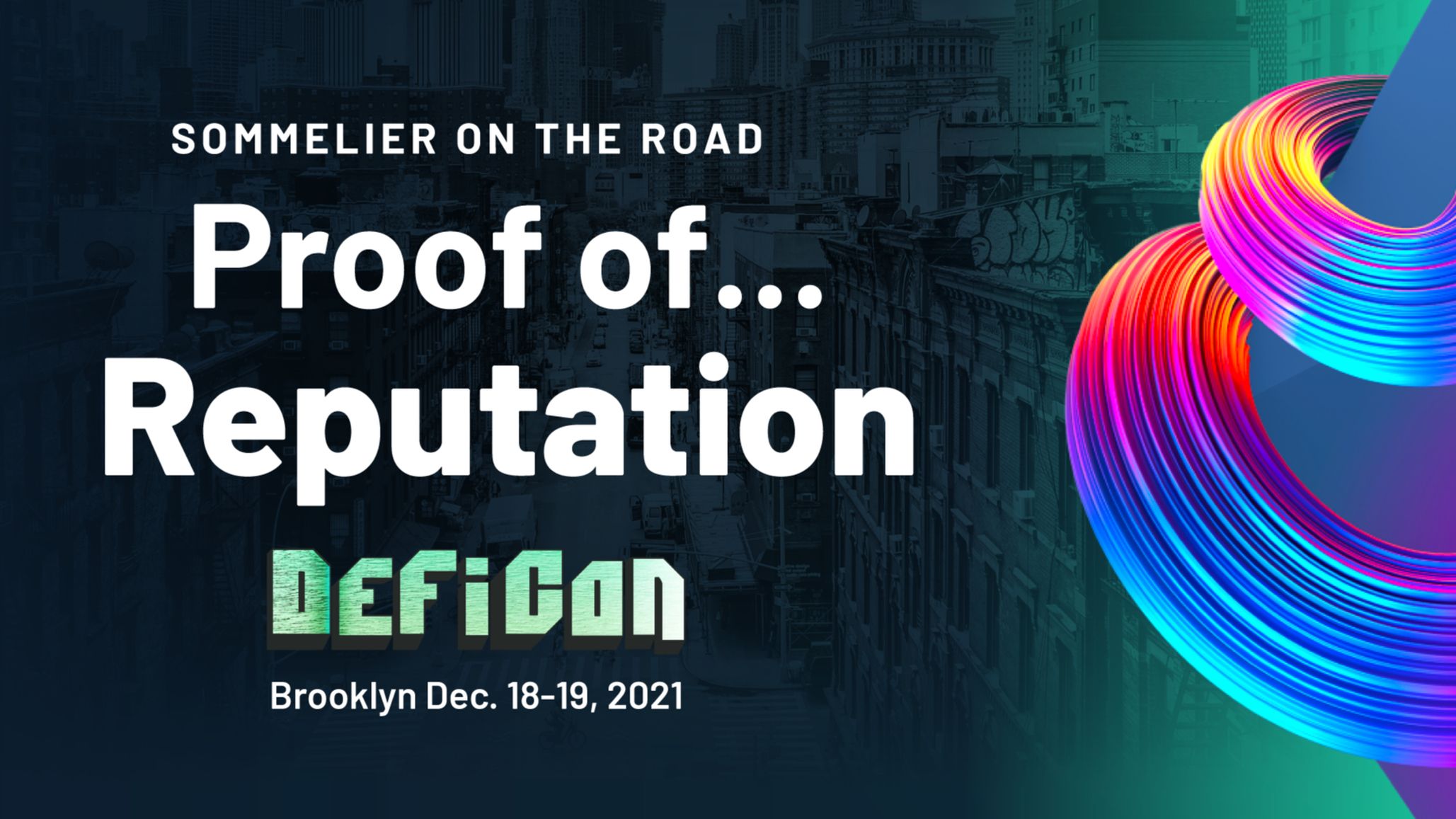
Sommelier On the Road: PROOF OF…REPUTATION

Introducing Ukpai Ugochi - Working on The Sommelier Cellars Rebalancer
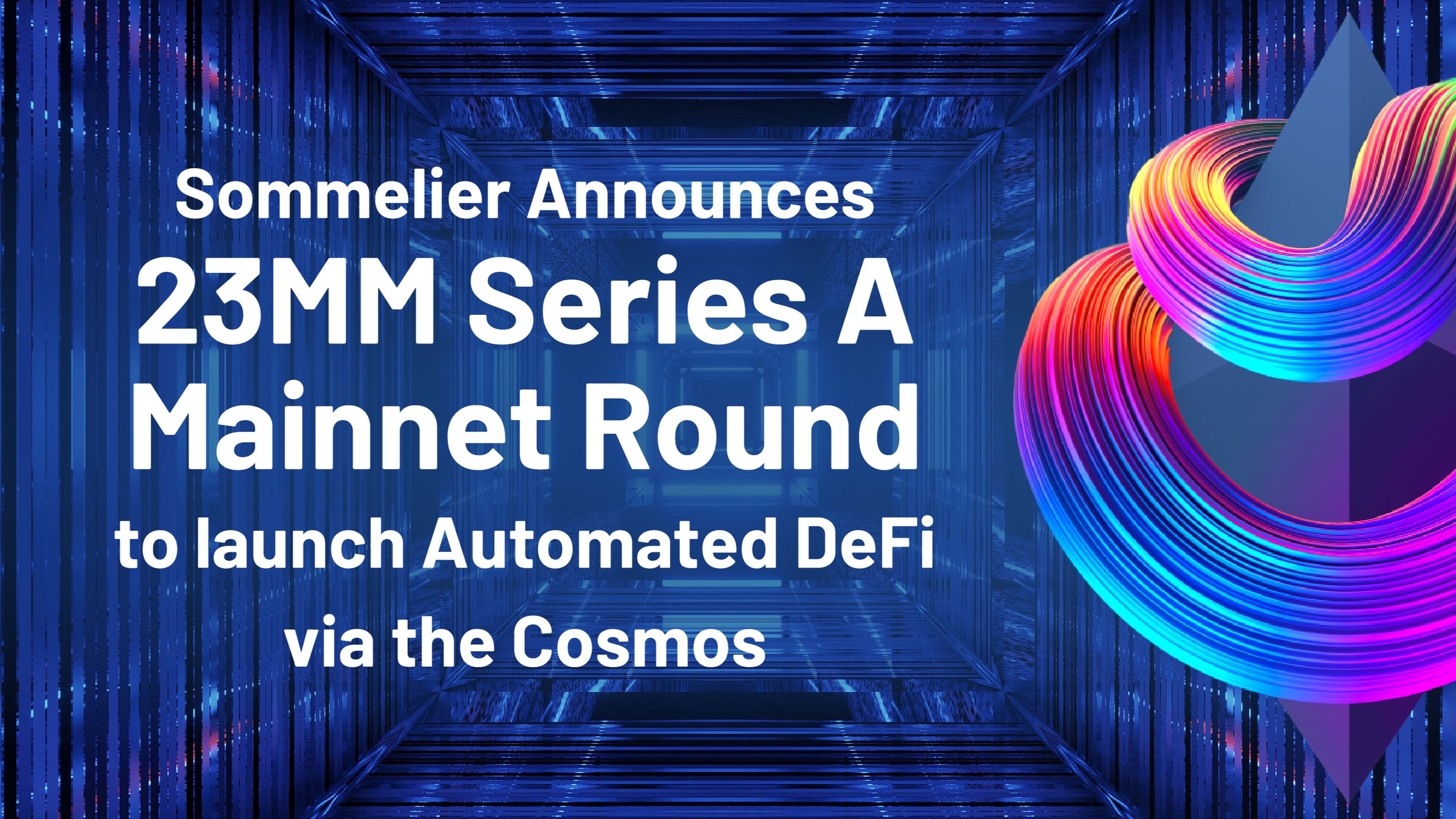
Sommelier Announces 23MM Series A Mainnet Round to launch Automated DeFi via the Cosmos
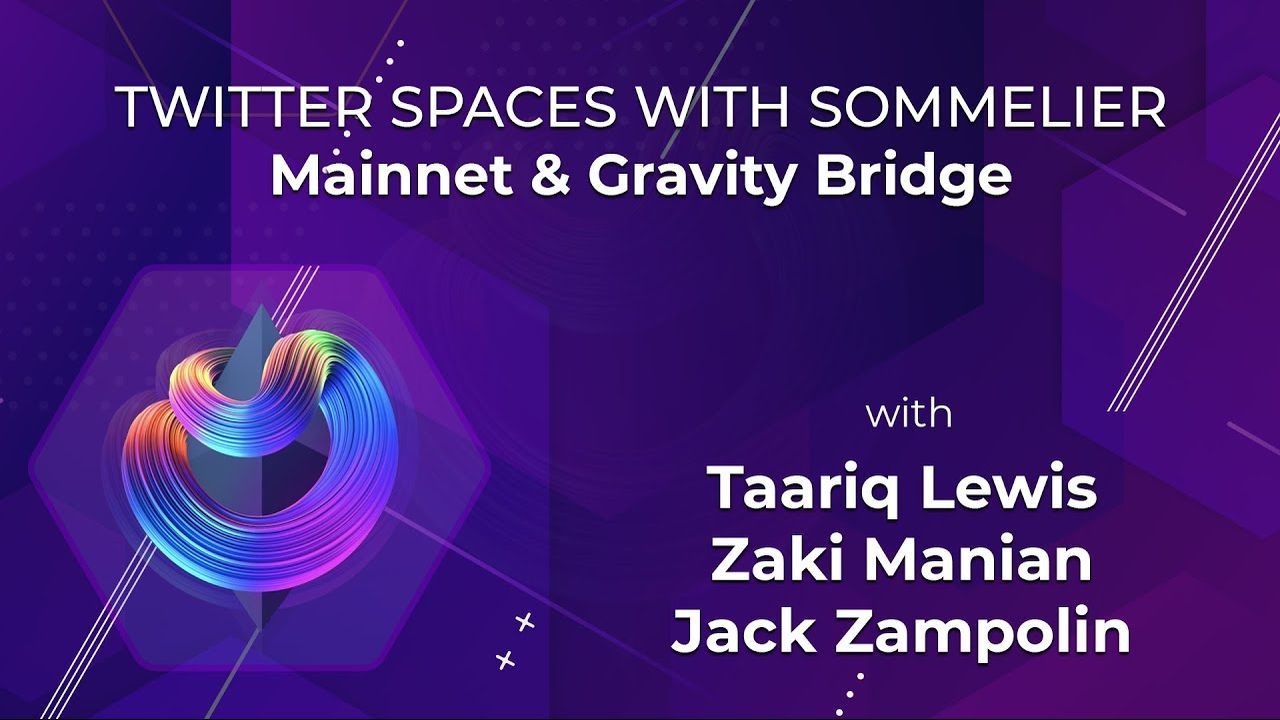
Twitter Spaces With Sommelier: Mainnet Launch & Gravity Bridge
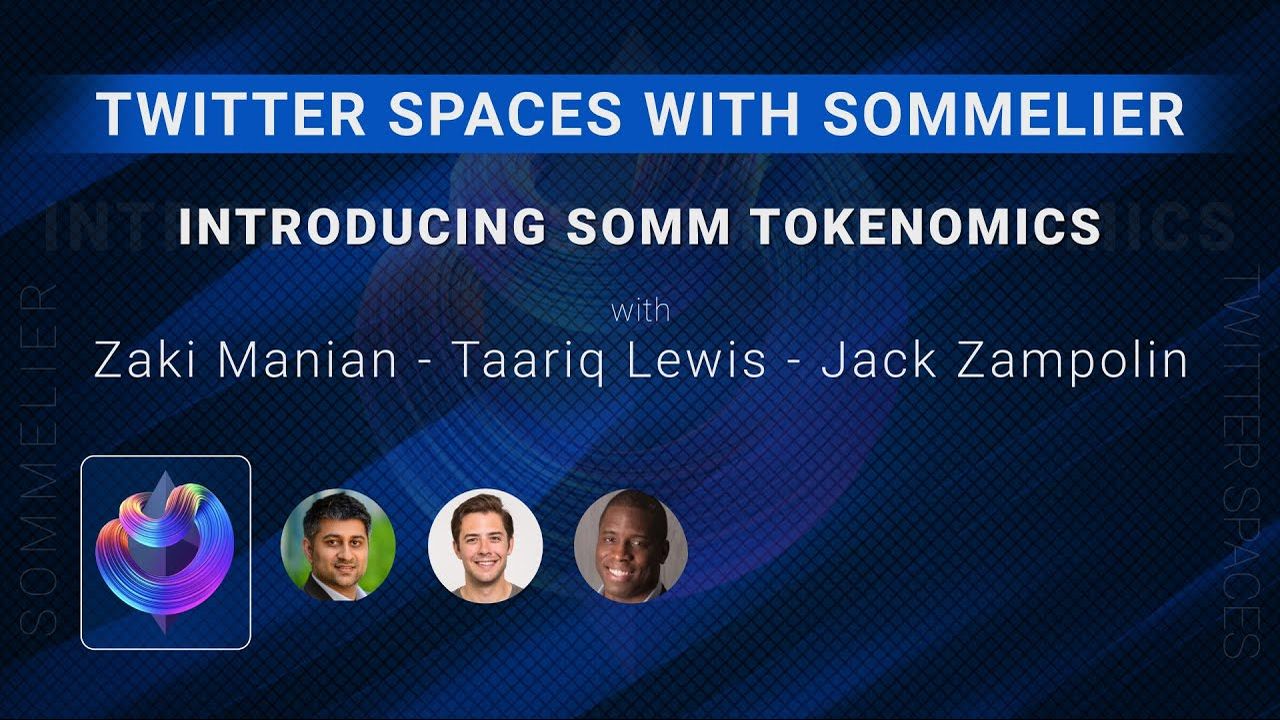
Twitter Spaces With Sommelier: Introducing SOMM Tokenomics

Twitter Spaces With Sommelier: Mysten Labs AMA With Evan Cheng

Introducing SIPS and Sommelier’s Governance Structure

Twitter Spaces With Sommelier: End of Year AMA 2021

Twitter Spaces With Sommelier: Intro to SIPS & Lisbon Blockchain Week
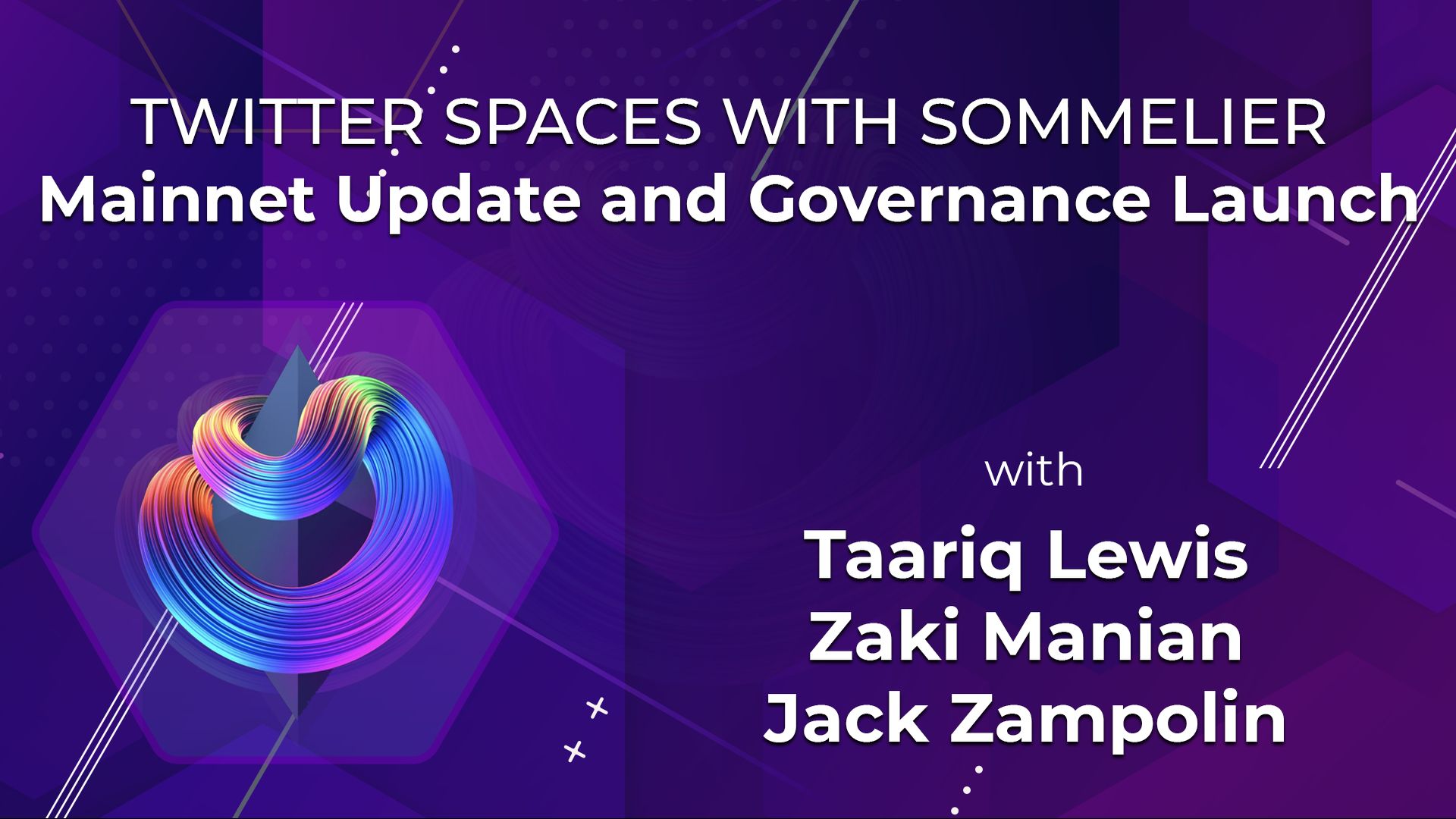
Twitter Spaces With the Sommeliers: Mainnet Update and Governance Launch

Sommelier Partners With Mysten Labs to Make Sommelier and All Cosmos Blockchains the Fastest Protocols on the Planet
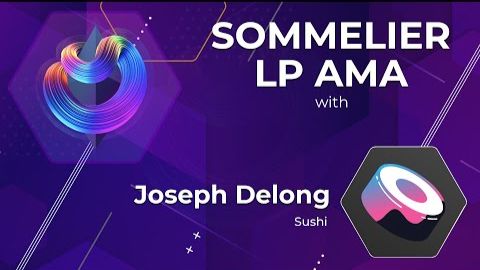
Twitter Spaces With the Sommeliers: Sushi AMA With Joseph Delong
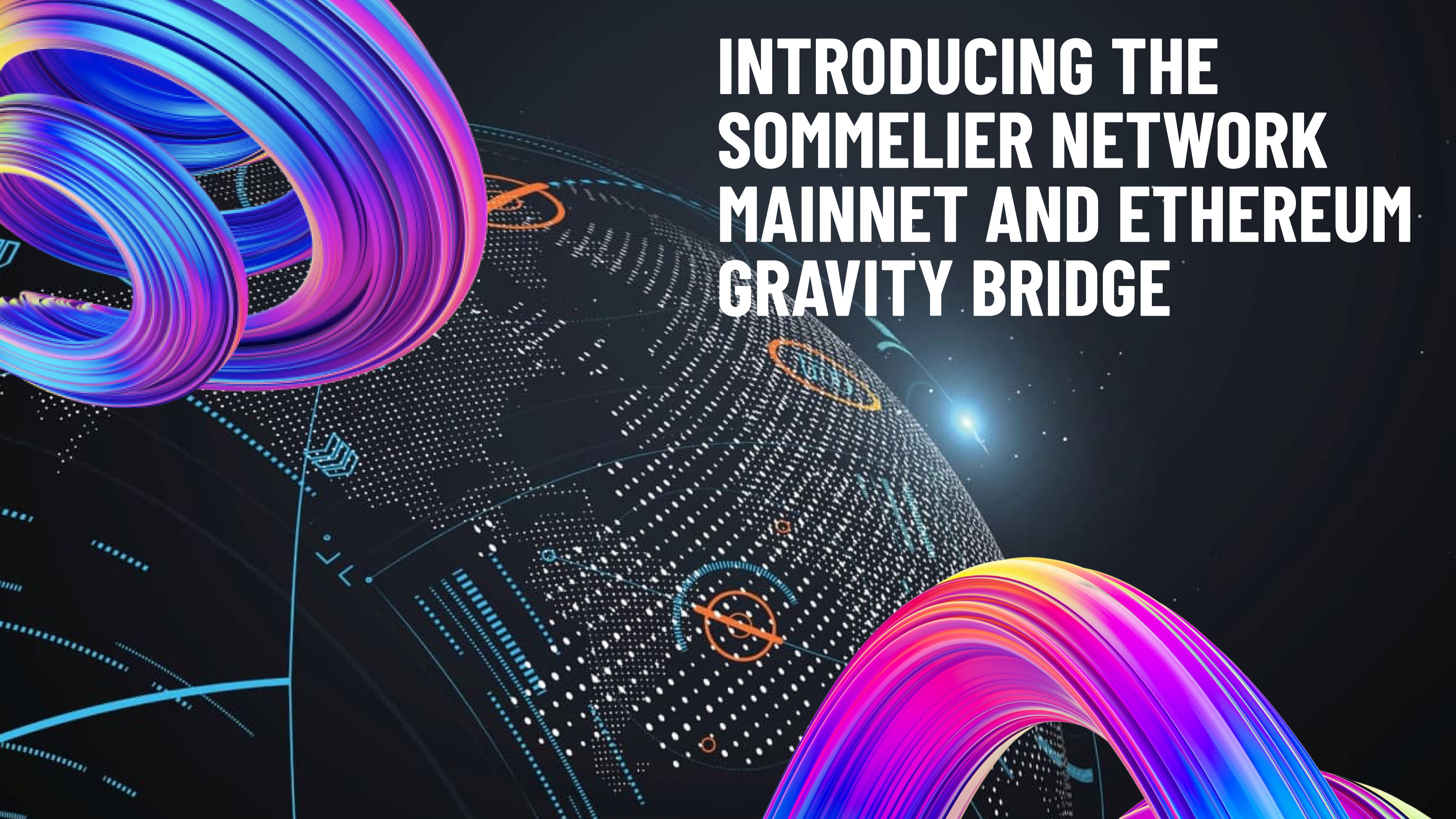
Introducing the Sommelier Network Mainnet and Ethereum Gravity Bridge
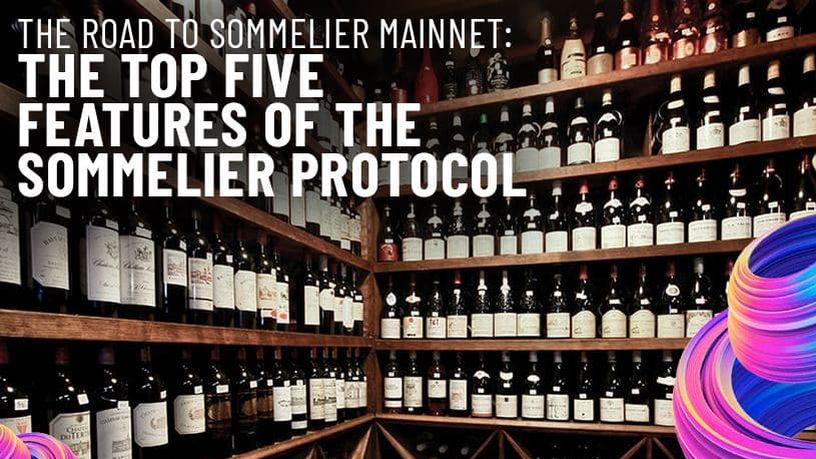
The Top Five Features of the Sommelier Protocol

Call for Validators: The Two Step Process for 2021

Two New Features Launched to Test Liquidity Management on Uniswap v3
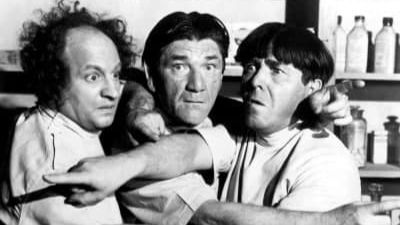
Uniswap v3 Remove Smart Contract Incident Post Mortem for Sommelier

Call for Validators: Road to Sommelier Mainnet
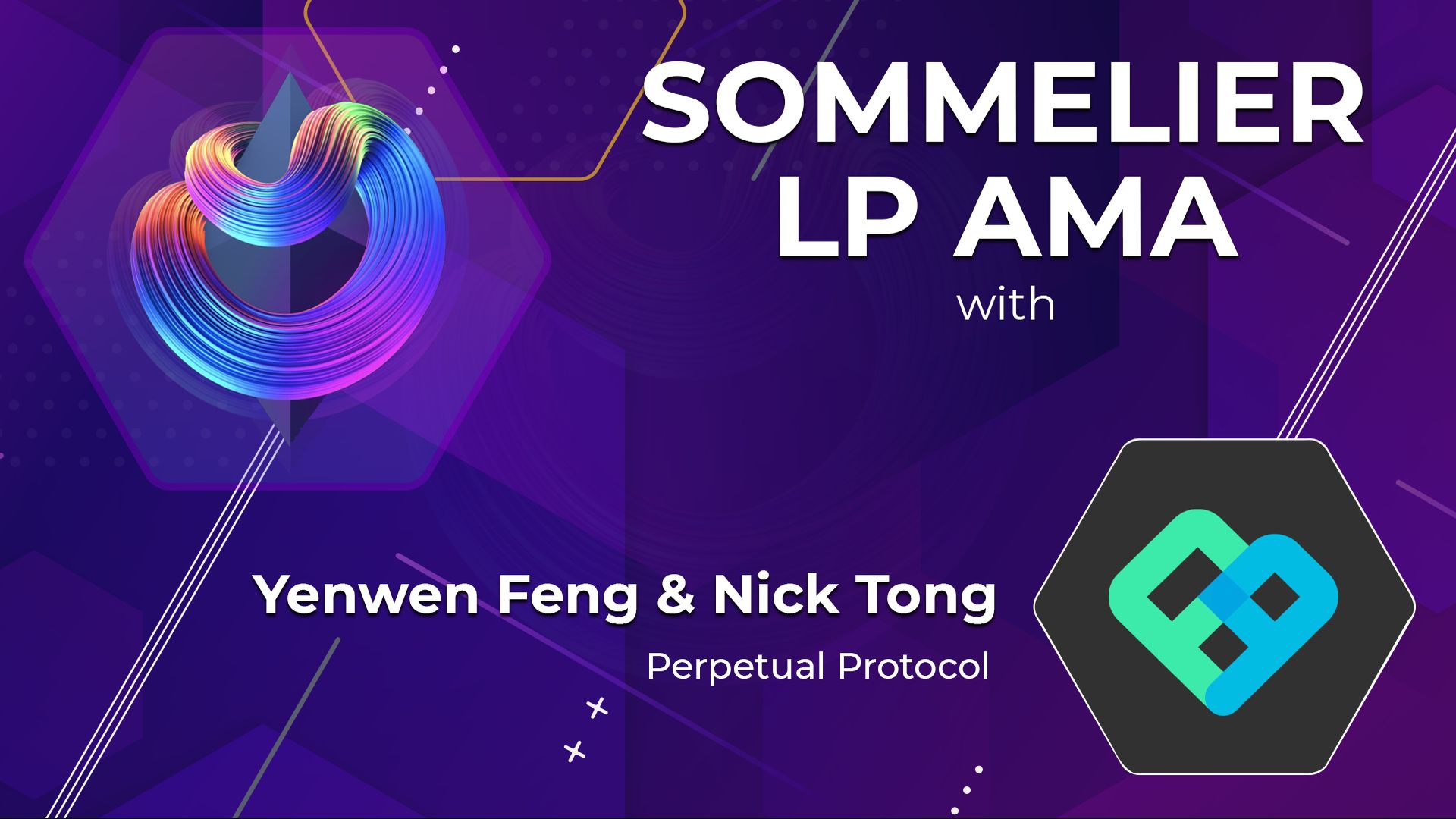
Sommelier Liquidity AMA With Yenwen and Nick From Perpetual Protocol
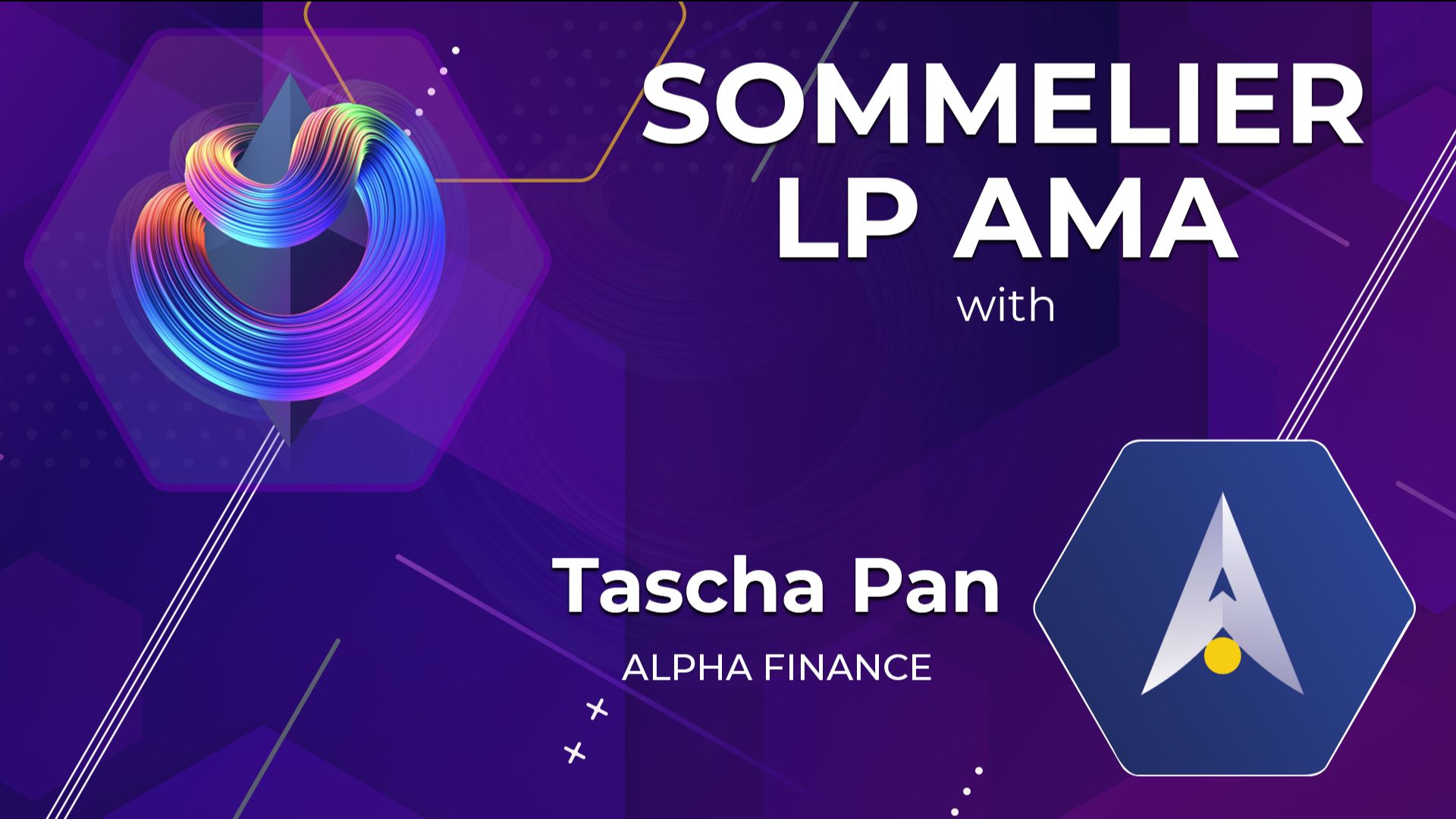
Sommelier Liquidity AMA With Tascha Pan From Alpha Finance

Sommelier Liquidity AMA With Loi Luu From Kyber Network

Sommelier Liquidity AMA With Alex From Peanut
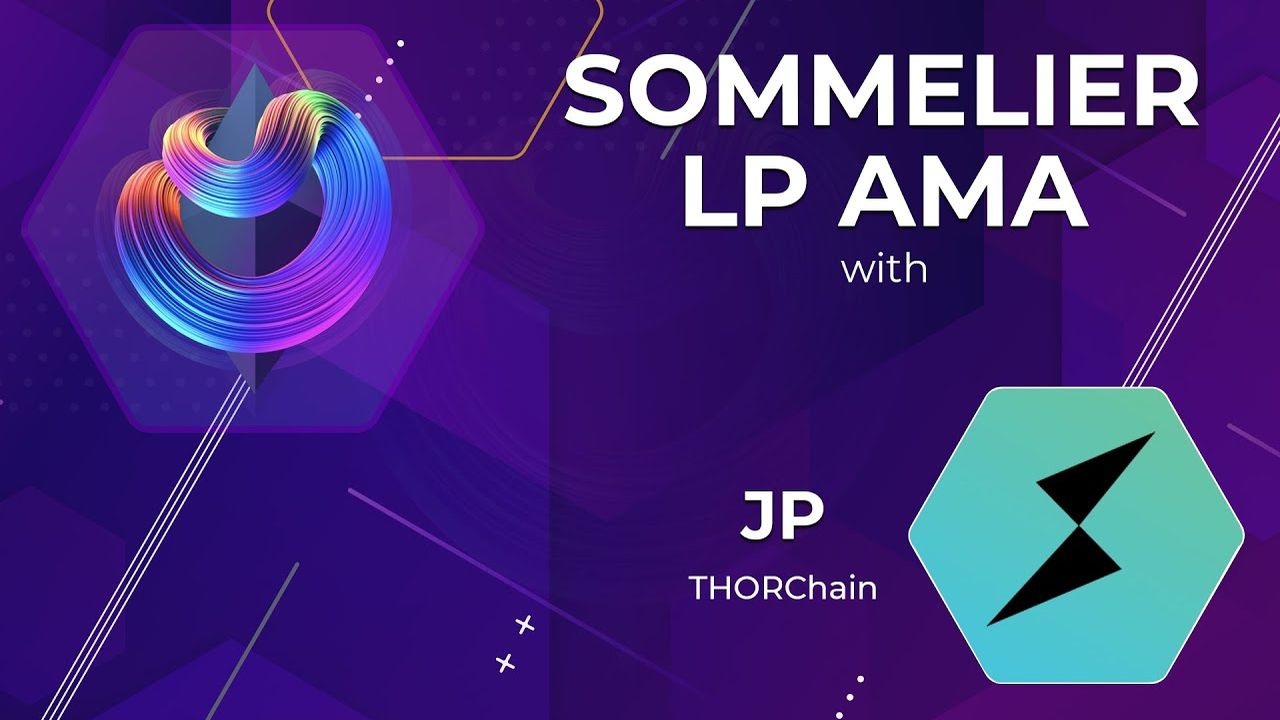
Sommelier Liquidity AMA With JP From THORChain

Sommelier Liquidity AMA With Alan Chiu From OMGX Network
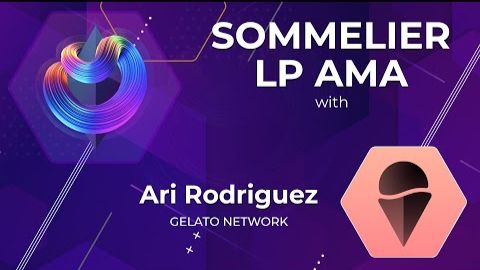
Sommelier Liquidity AMA With Ari From Gelato Network
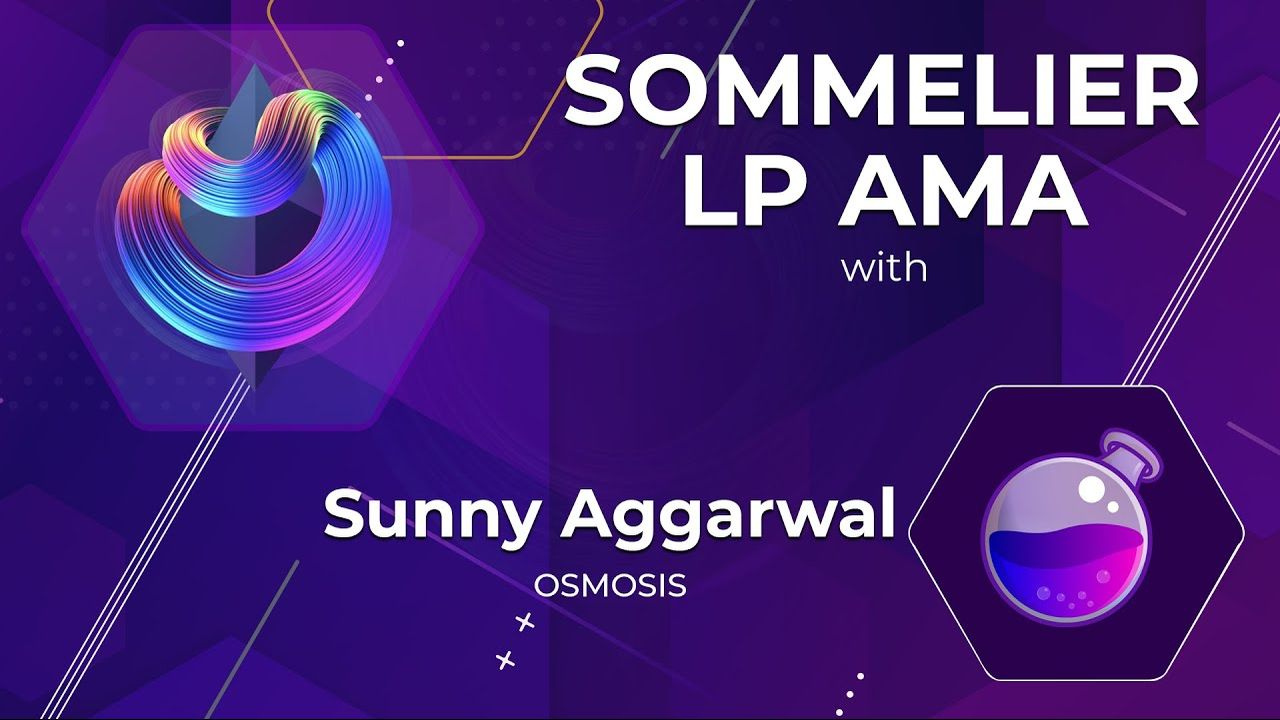
Sommelier Liquidity AMA With Sunny Aggarwal From Osmosis
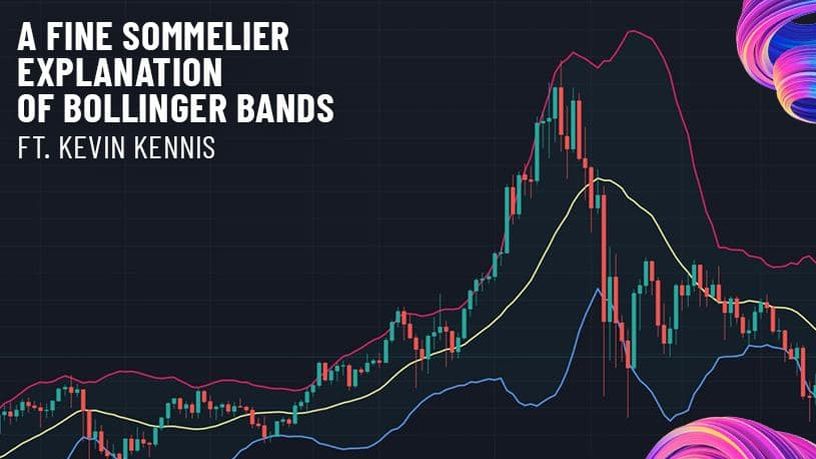
A Fine Sommelier Explanation of Bollinger Bands With Kevin Kennis

Sommelier Liquidity AMA With Mona El Isa From Enzyme

Sommelier Liquidity AMA With Haxor From Method Finance

Sommelier Liquidity AMA With Tor From Secret Network
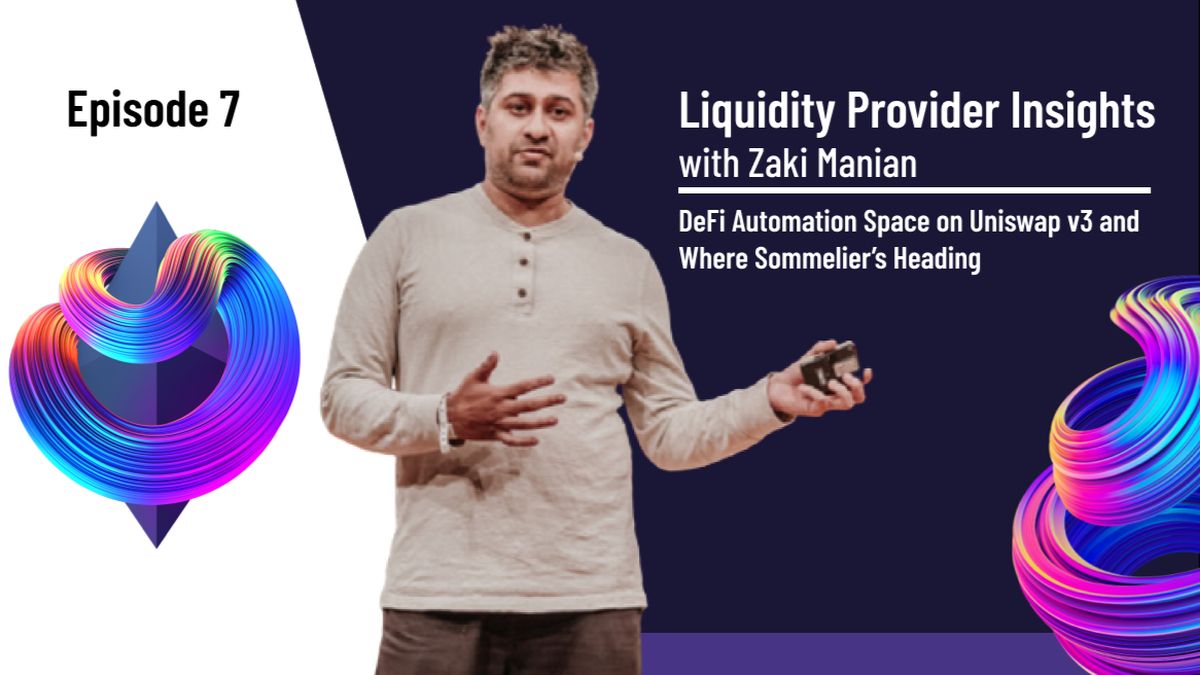
Liquidity Provider Insights With Zaki Manian - Ep. 7 - DeFi Automation Space on Uniswap v3 and Where Sommelier’s Heading
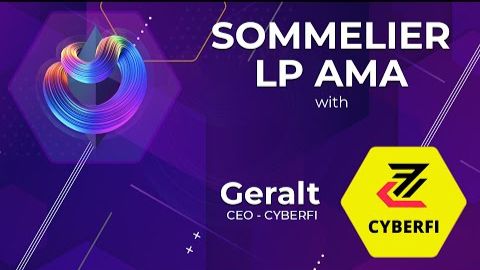
Sommelier Liquidity AMA With Geralt From CyberFi
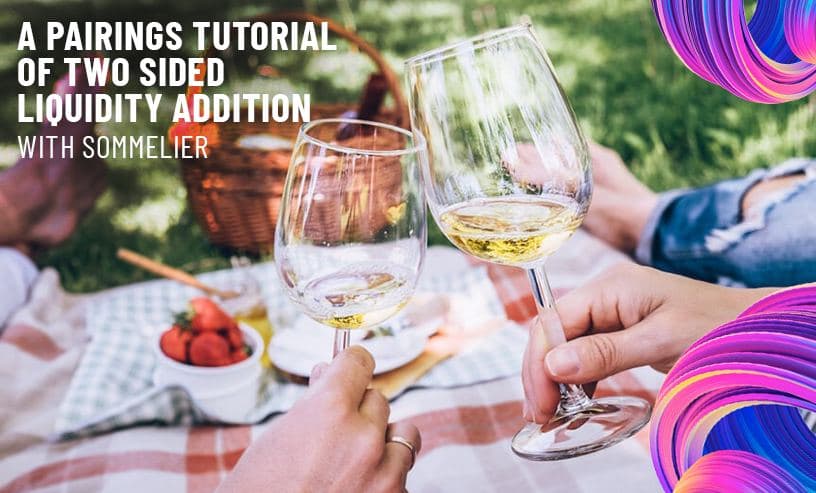
A Pairings Tutorial of Two Sided Liquidity Addition with Sommelier
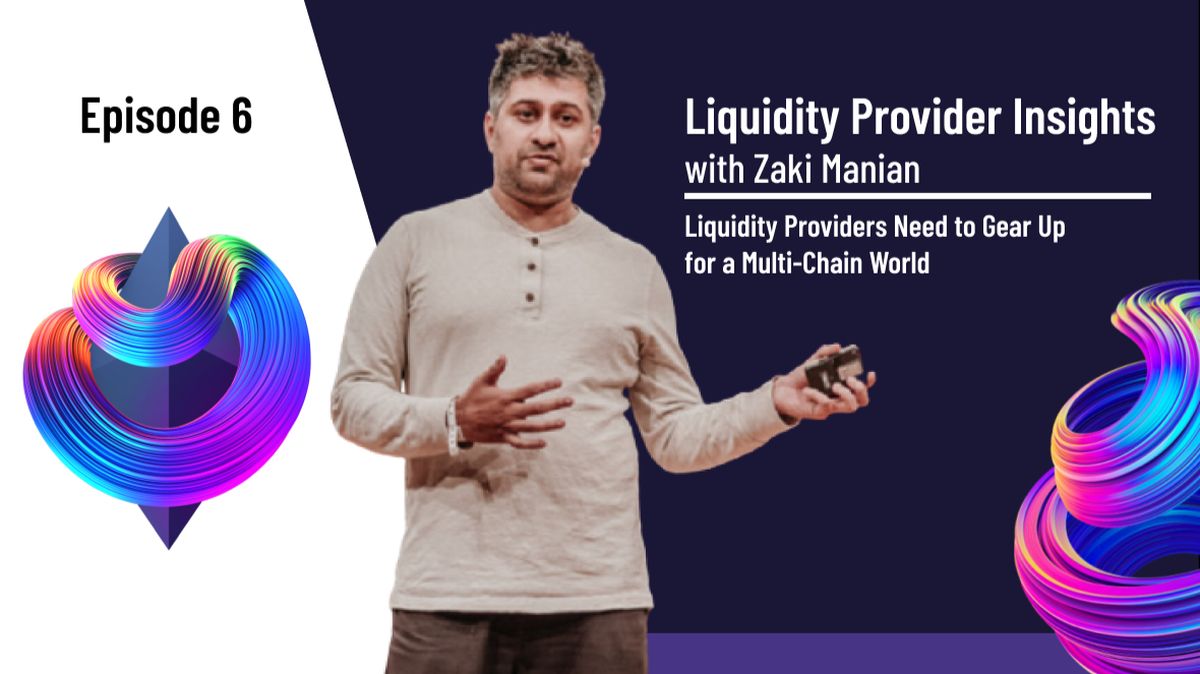
Liquidity Provider Insights with Zaki Manian - Ep. 6 - Liquidity Providers Need to Gear Up for a Multi-Chain World
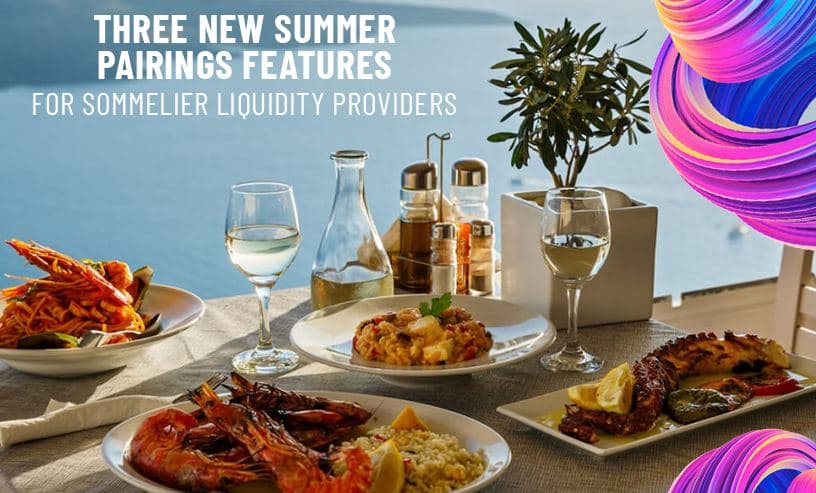
Three New Summer Features for Liquidity Providers

Sommelier Liquidity AMA with Tom C and Max W from Charm
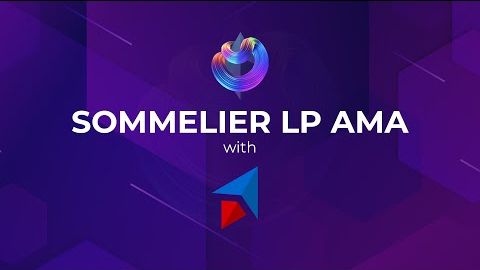
Sommelier Liquidity AMA with Dereek69 & Shalaquiana from BIOPset

Sommelier This Week - June 3rd 2021: The Road to Mainnet
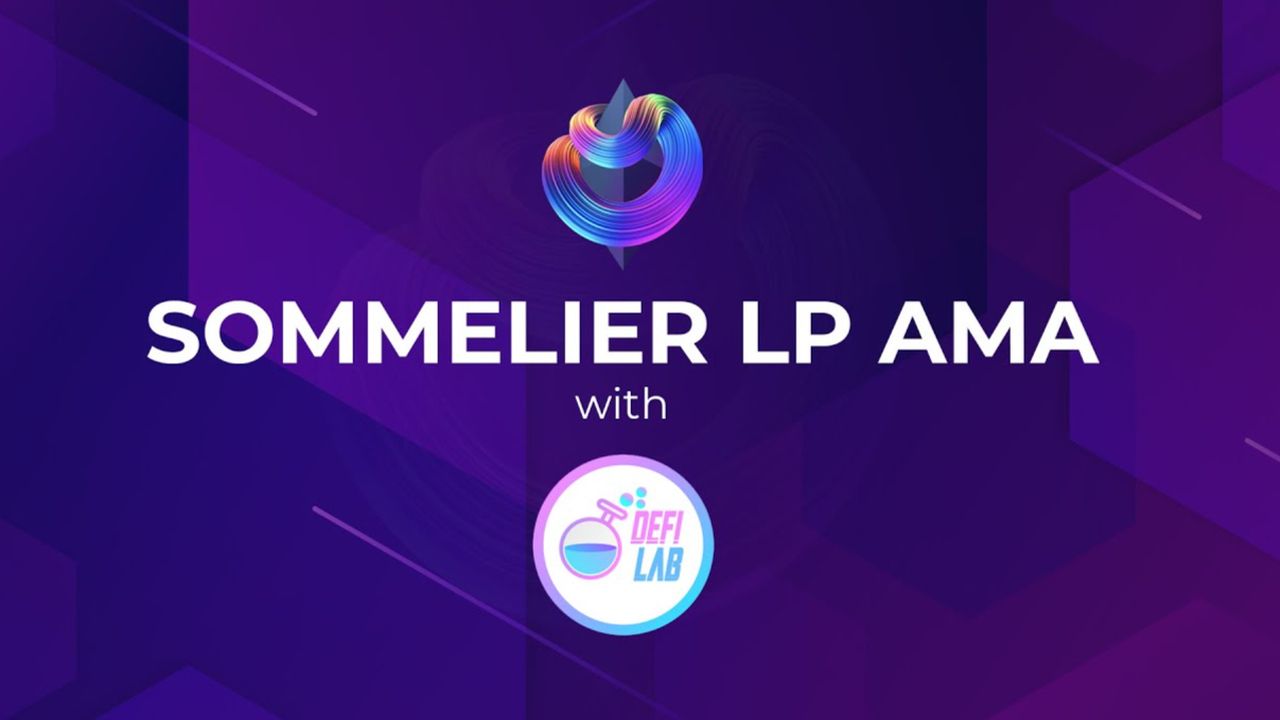
Sommelier Liquidity AMA with Federico Landini from DefiLab
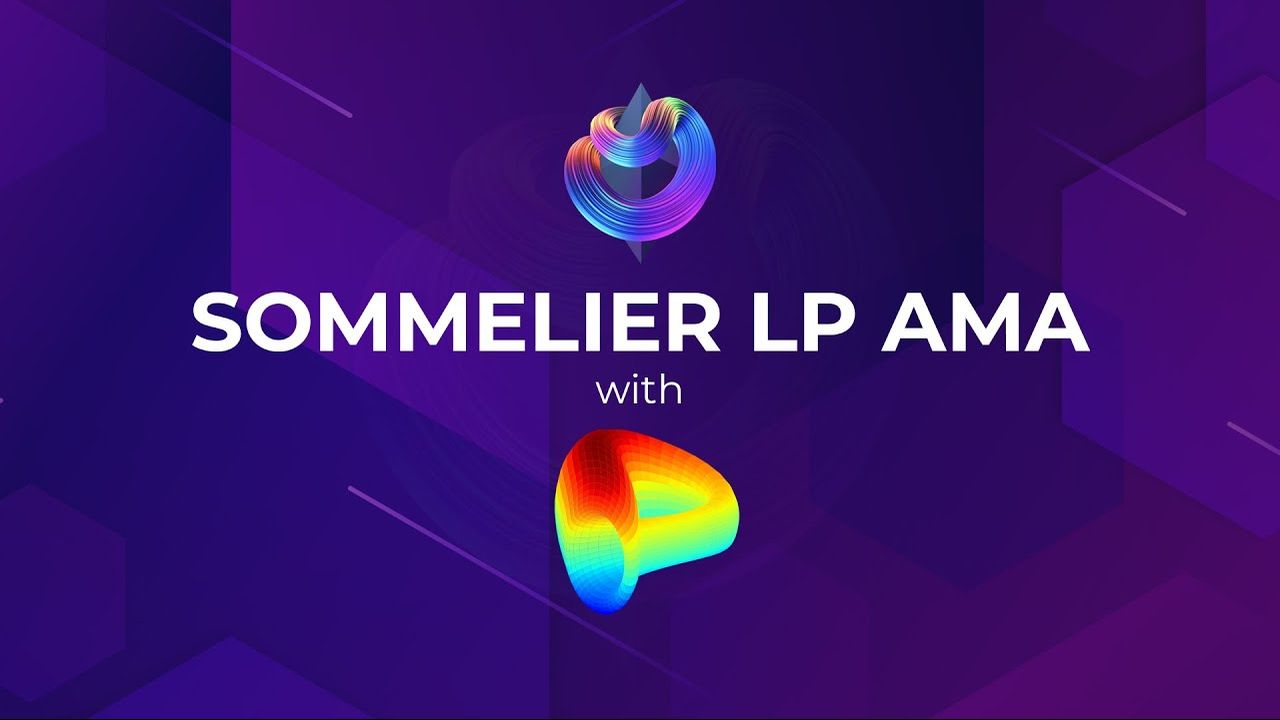
Sommelier Liquidity AMA with Michael Egorov from Curve
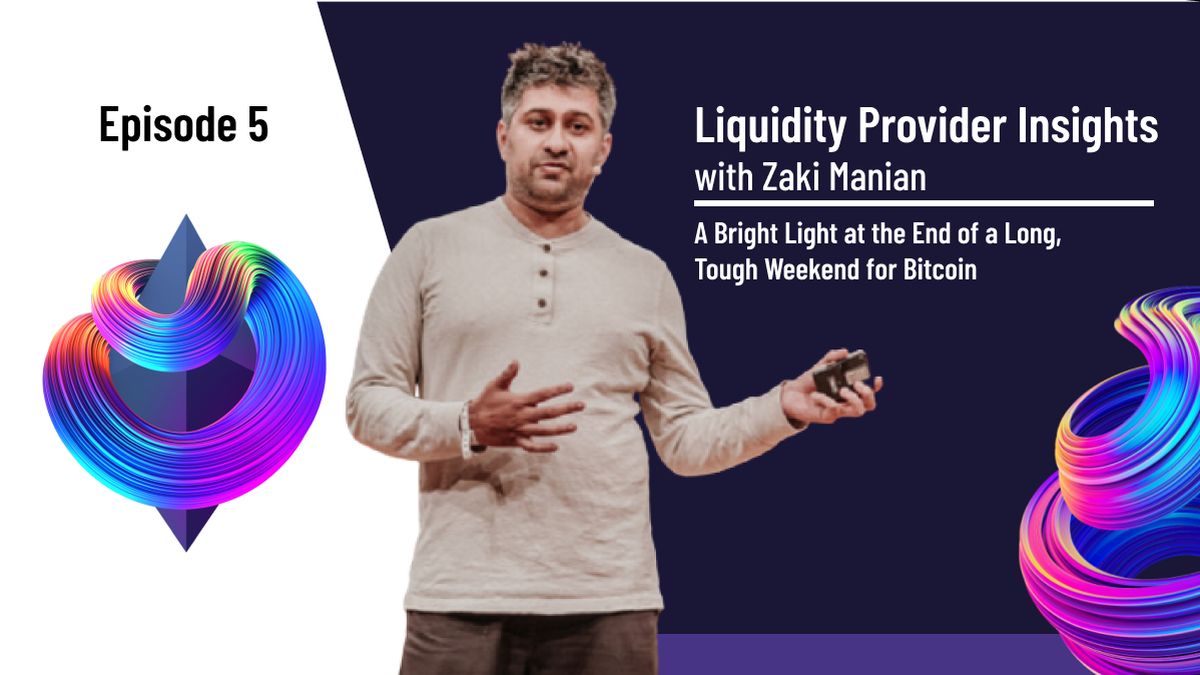
Liquidity Provider Insights with Zaki Manian - Ep. 5 - A Bright Light at the End of a Long, Tough Weekend for Bitcoin

Sommelier This Week - May 27th 2021: What Aspiring Sommelier Validators Need to Know on Last Week’s Protocol and App Progress
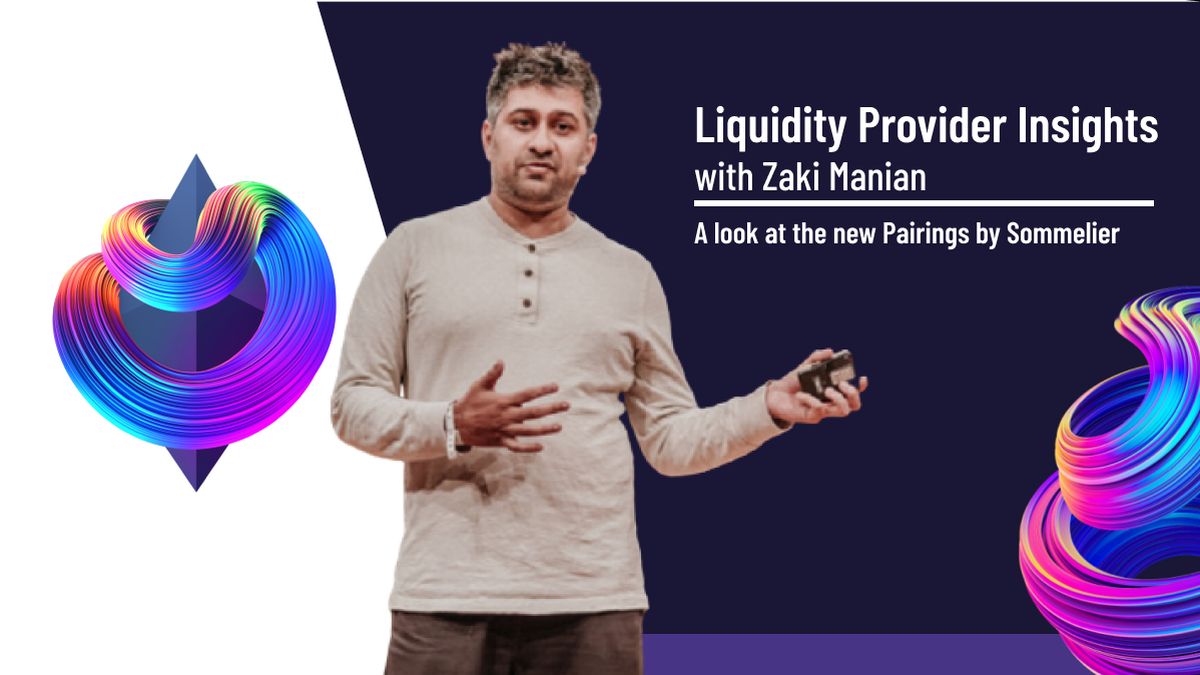
Liquidity Provider Insights with Zaki Manian (Special Edition) - Ep. 4 - New Pairings Release

Sommelier R&D AMA With Yaniv Tal From the Graph

Sommelier Liquidity AMA with MacLane Wilkison from NuCypher
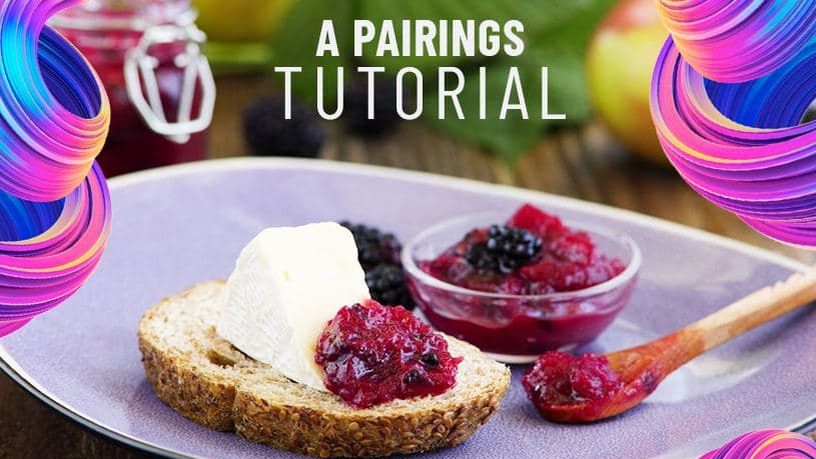
The Eight Steps to Become a Liquidity Provider with Pairings

Sommelier NFT Awards - May 18th, 2021
Pairings By Sommelier: The FAQ

Zaki Manian Breaks Down What Liquidity Providers Need to Know Under Uniswap v3
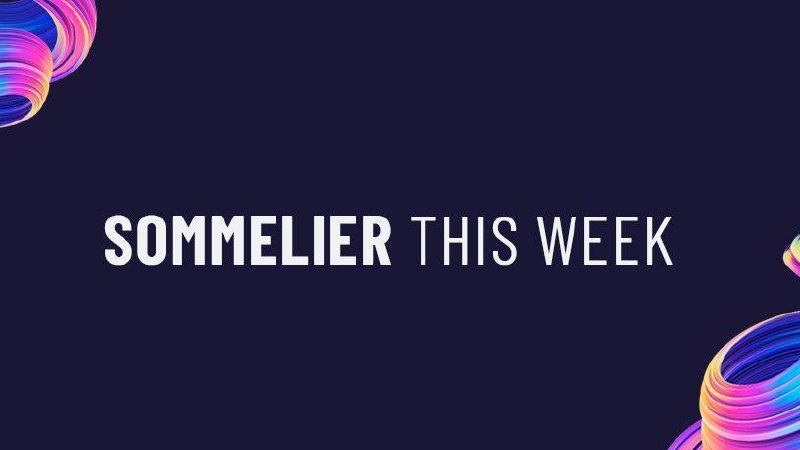
Sommelier This Week - May 6th 2021: How This Week’s Protocol and App Progress Weaves Together to Make a Product
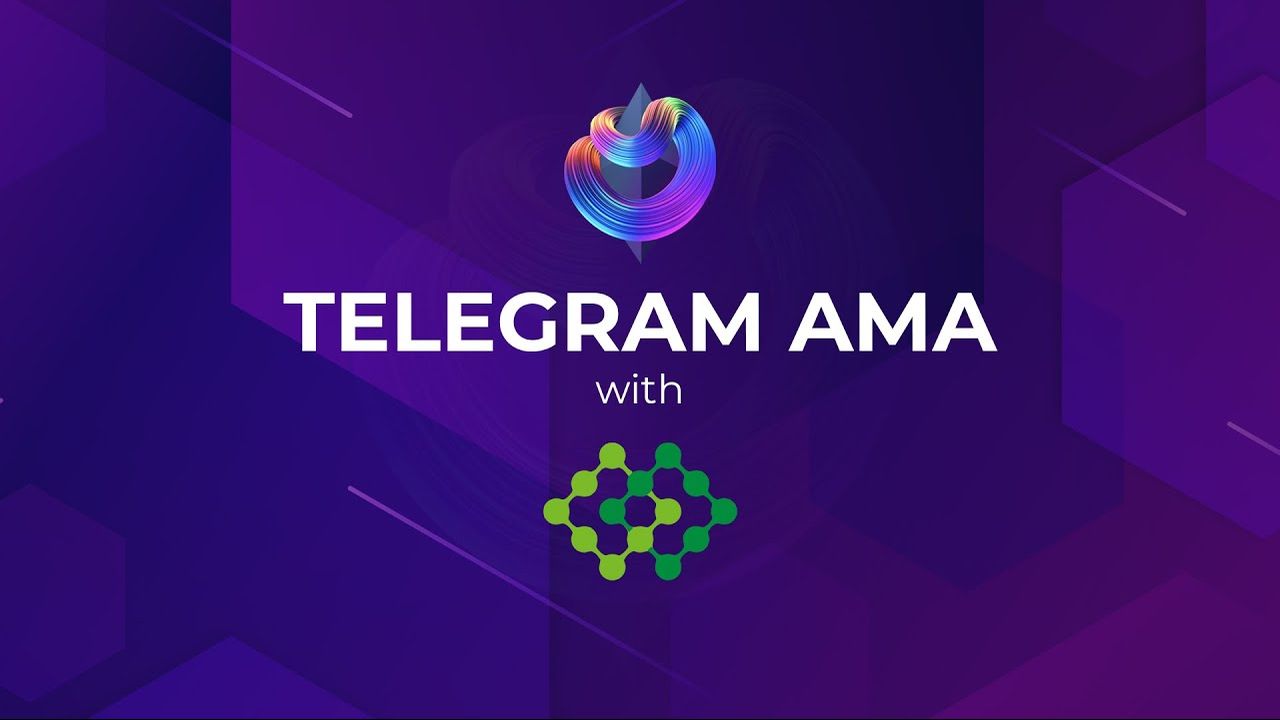
Sommelier Liquidity AMA with Dan Thomson from InsurAce

Sommelier This Week - April 29th 2021: Weeks Away From a Taste of the Sommelier App Experience and How the Dev Team Stays on Track
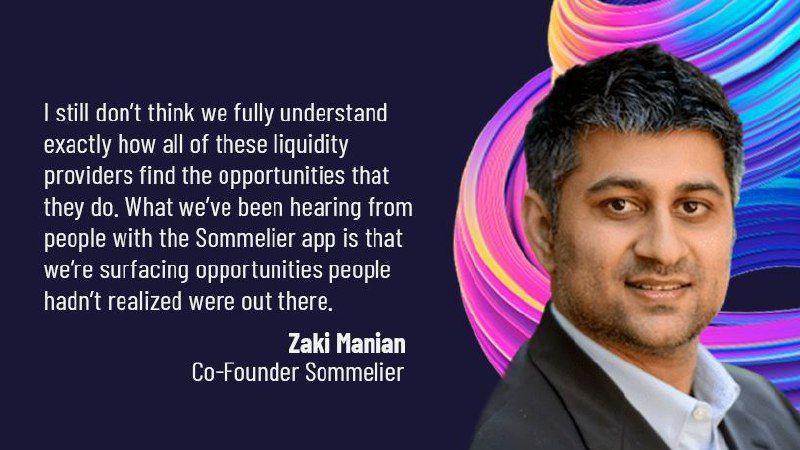
Zaki Manian Breaks Down a Phase Change Liquidity Providers Need to Know About Automated Market Makers

Introducing Jehan Tremback: Sommelier Core Developer and Althea Co-Founder that pushes the Limits of the Blockchain Bridge with Gravity

Sommelier This Week - April 22nd 2021: An Inside Look at Progress on Coordinating Sommelier Components That Contribute to the Chain

Sommelier This Week - April 15th 2021: Providing a Best-in-Class Experience for Uniswap Liquidity Providers

Sommelier Announces $1M R&D Grant from The Graph Foundation
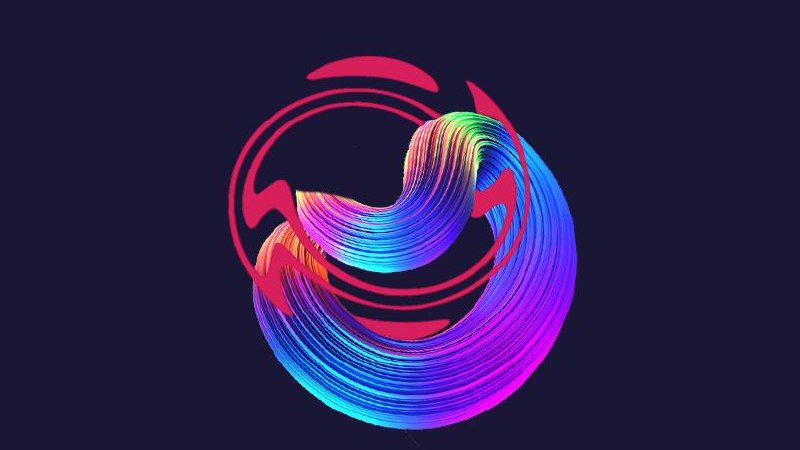
Introducing LP Rewards: This Week With Cellframe
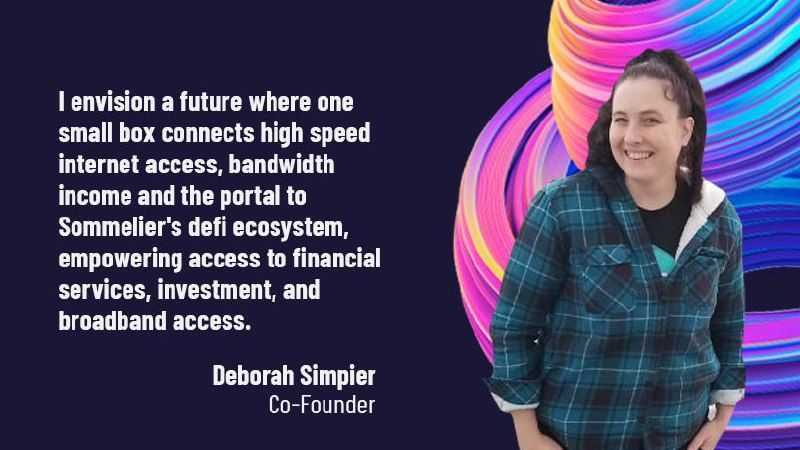
Introducing Deborah Simpier: Althea CEO and Sommelier Co-Founder Who Brought the Gravity Bridge to Life in The Cosmos

Sommelier This Week - April 8th 2021: What Uniswap v3 Means For Sommelier Architecture and Validators

Introducing Sommelier LP Rewards Program

Sommelier This Week - April 1st 2021: Gravity Bridge and Private Testnets

Blockchain startup decides to acquire a California winery and host NFT wine parties
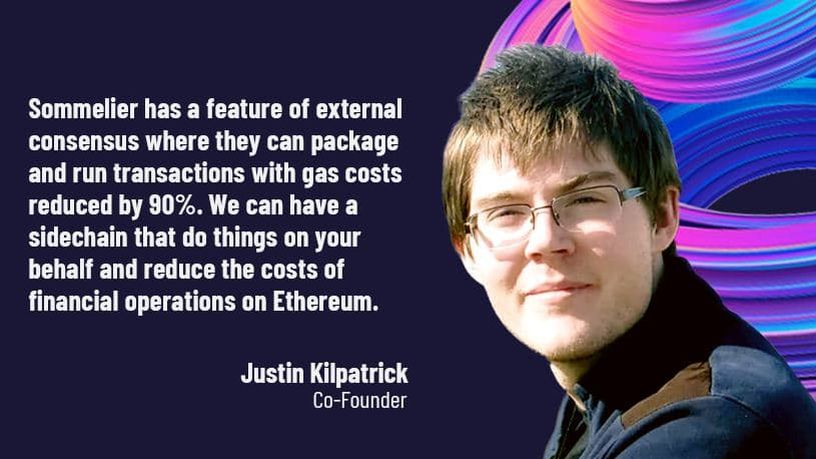
Introducing Justin Kilpatrick: The Blockchain Bridge Wizard Who Maintains Gravity

Five Ways UniswapV3 changes the world for Liquidity Providers on the AMM

Introducing Jack Zampolin: On Becoming A Sommelier in The Cosmos
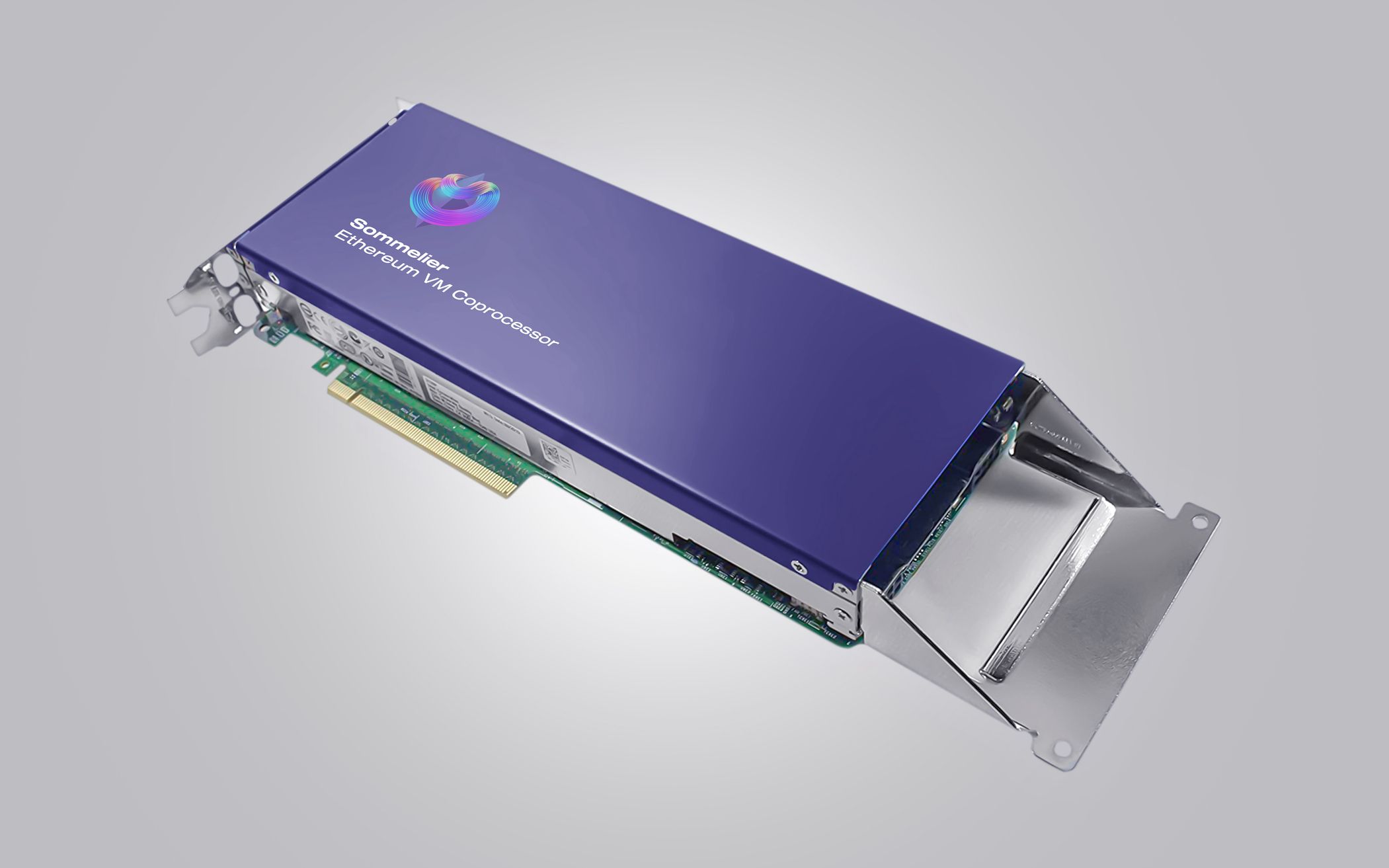
Sommelier: Welcome To The New CoProcessor For Ethereum
© 2025 Somm by Bajanss OÜ –Maakri 36-50, Tallinn, Estonia 10145